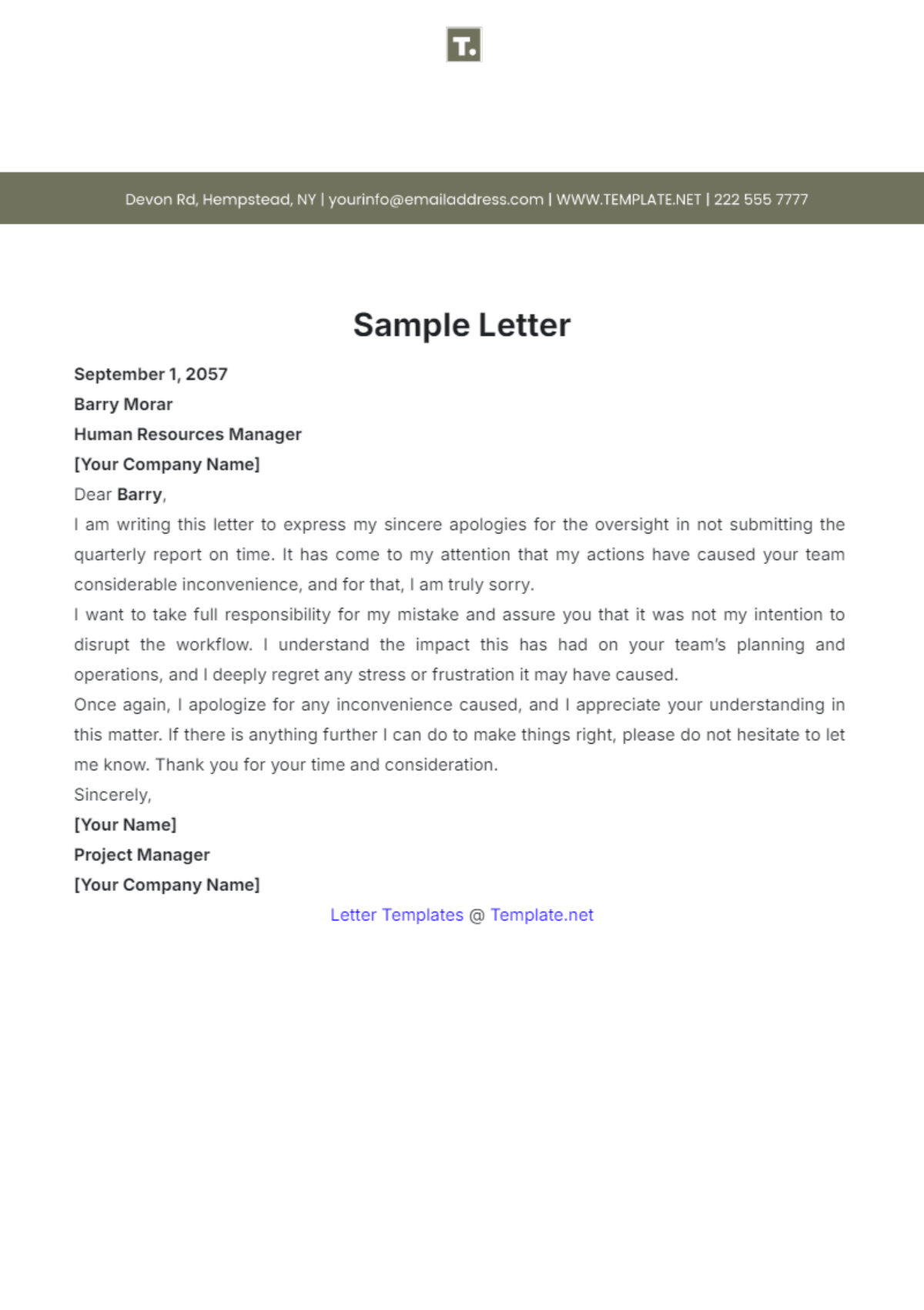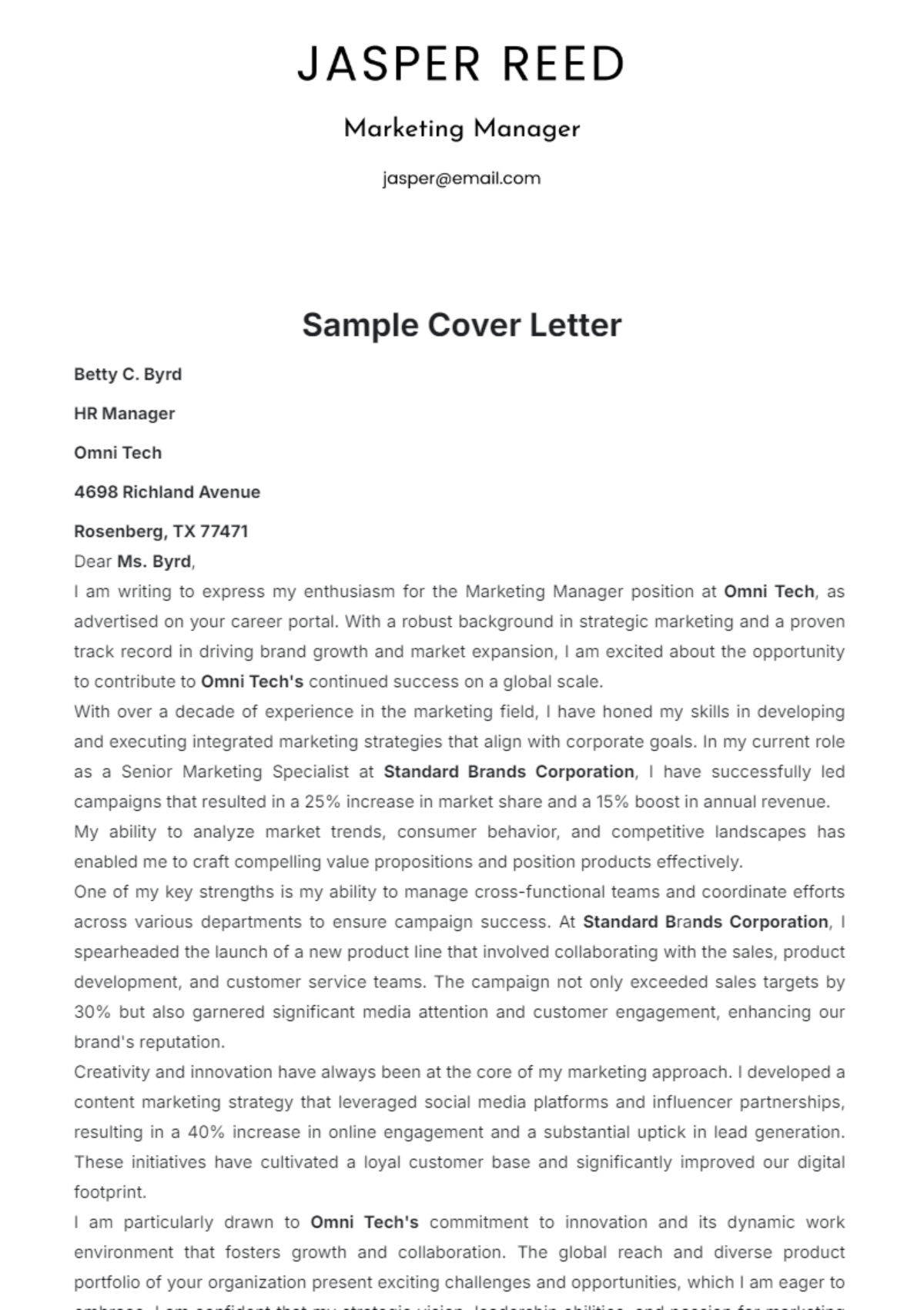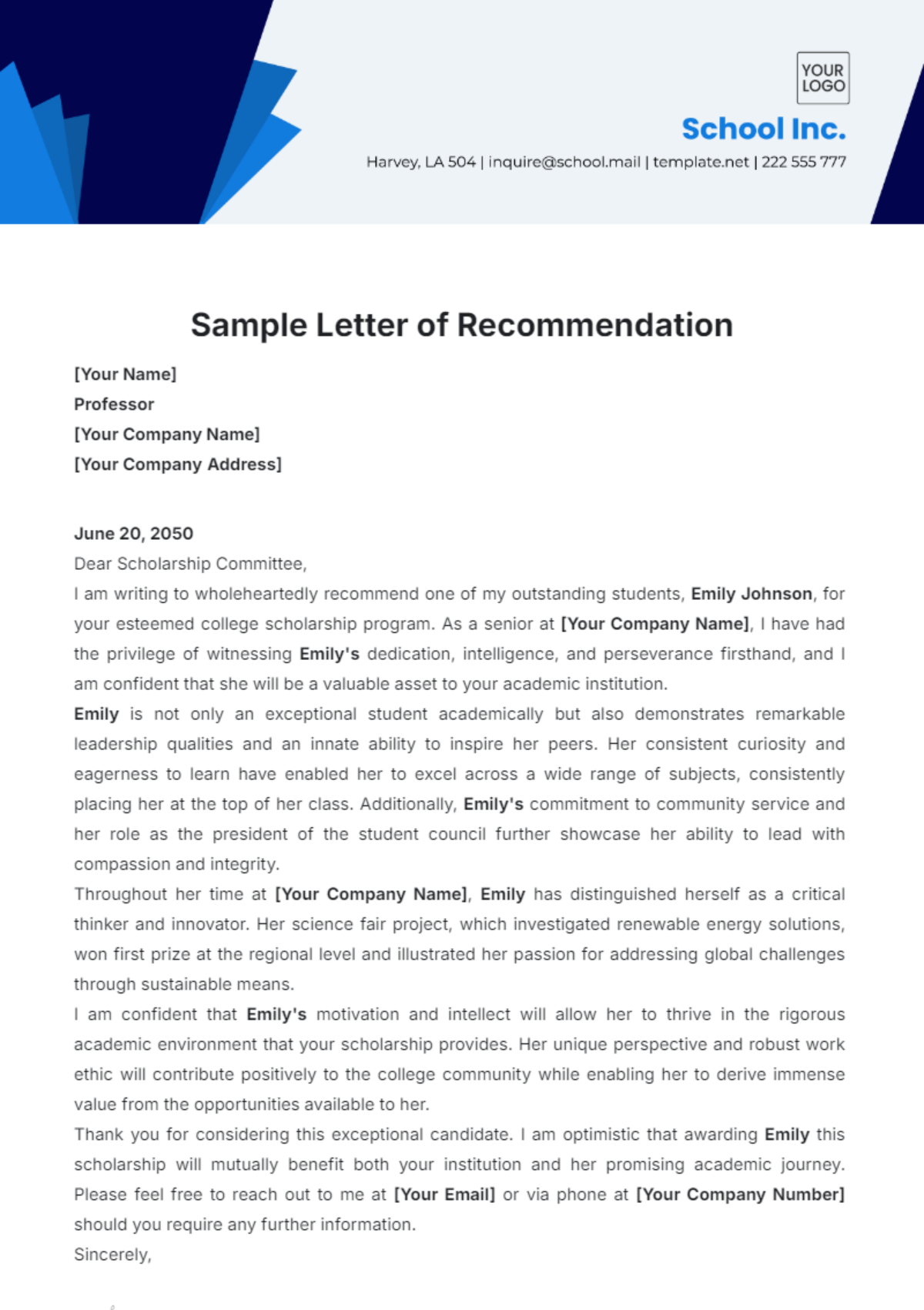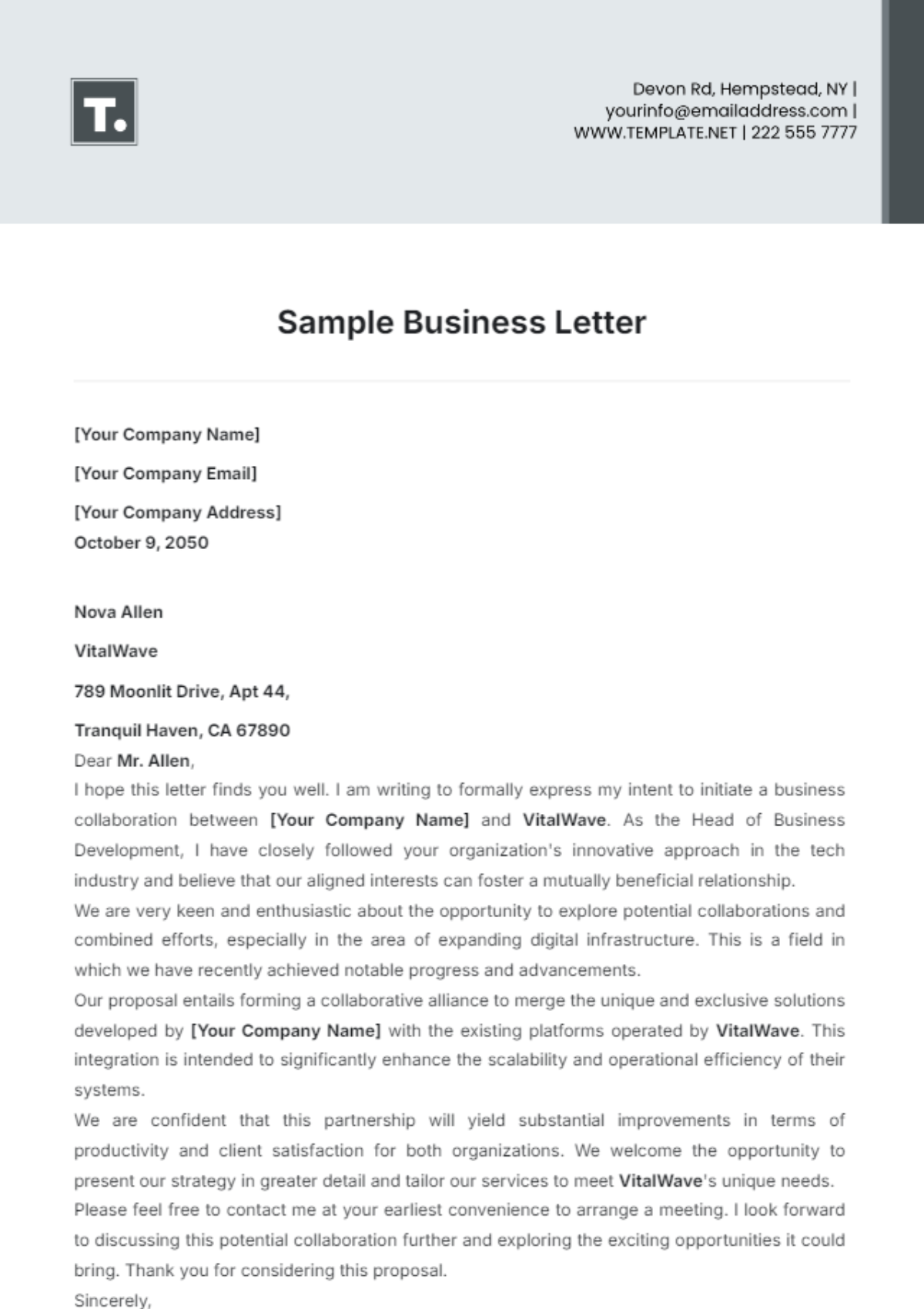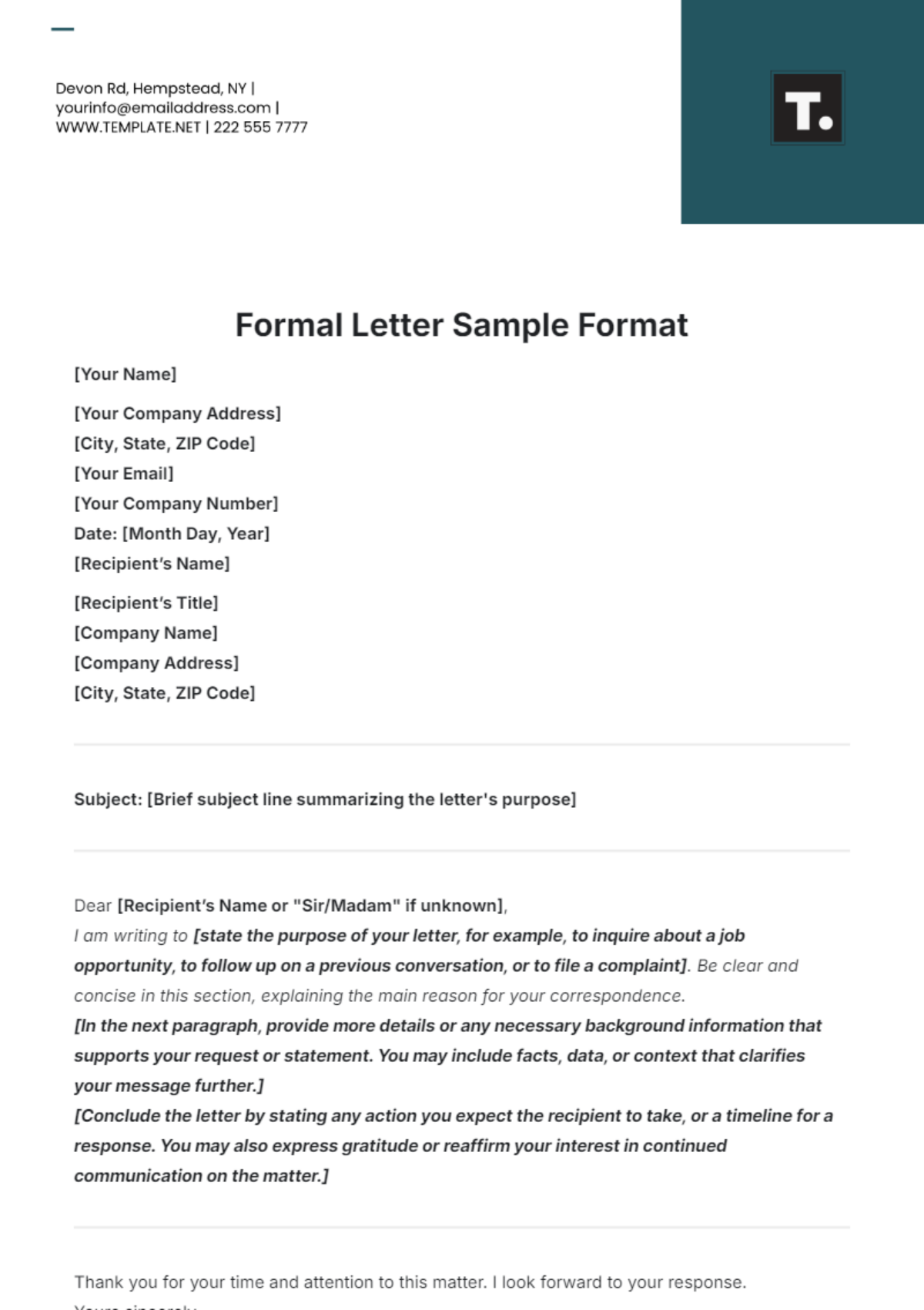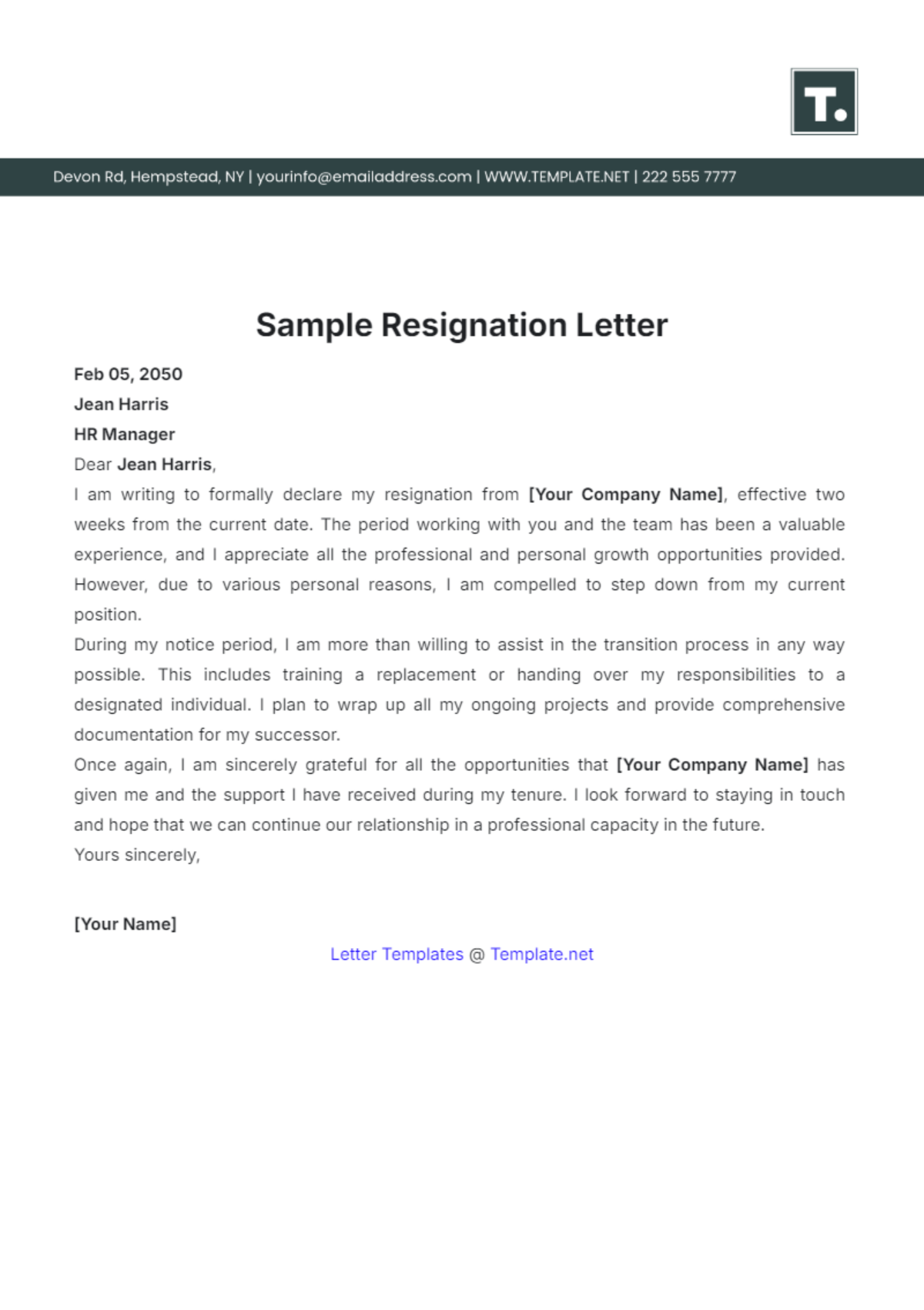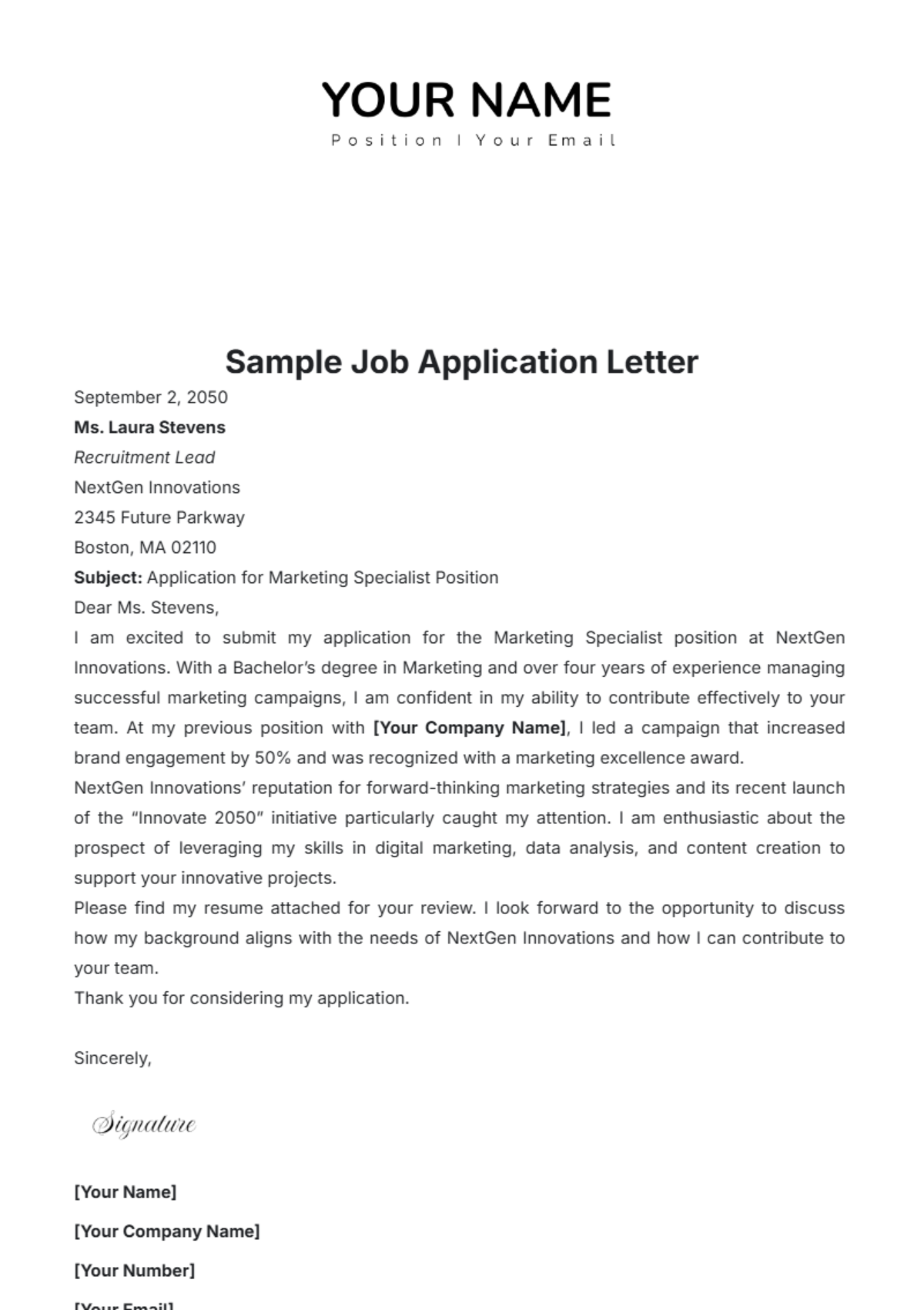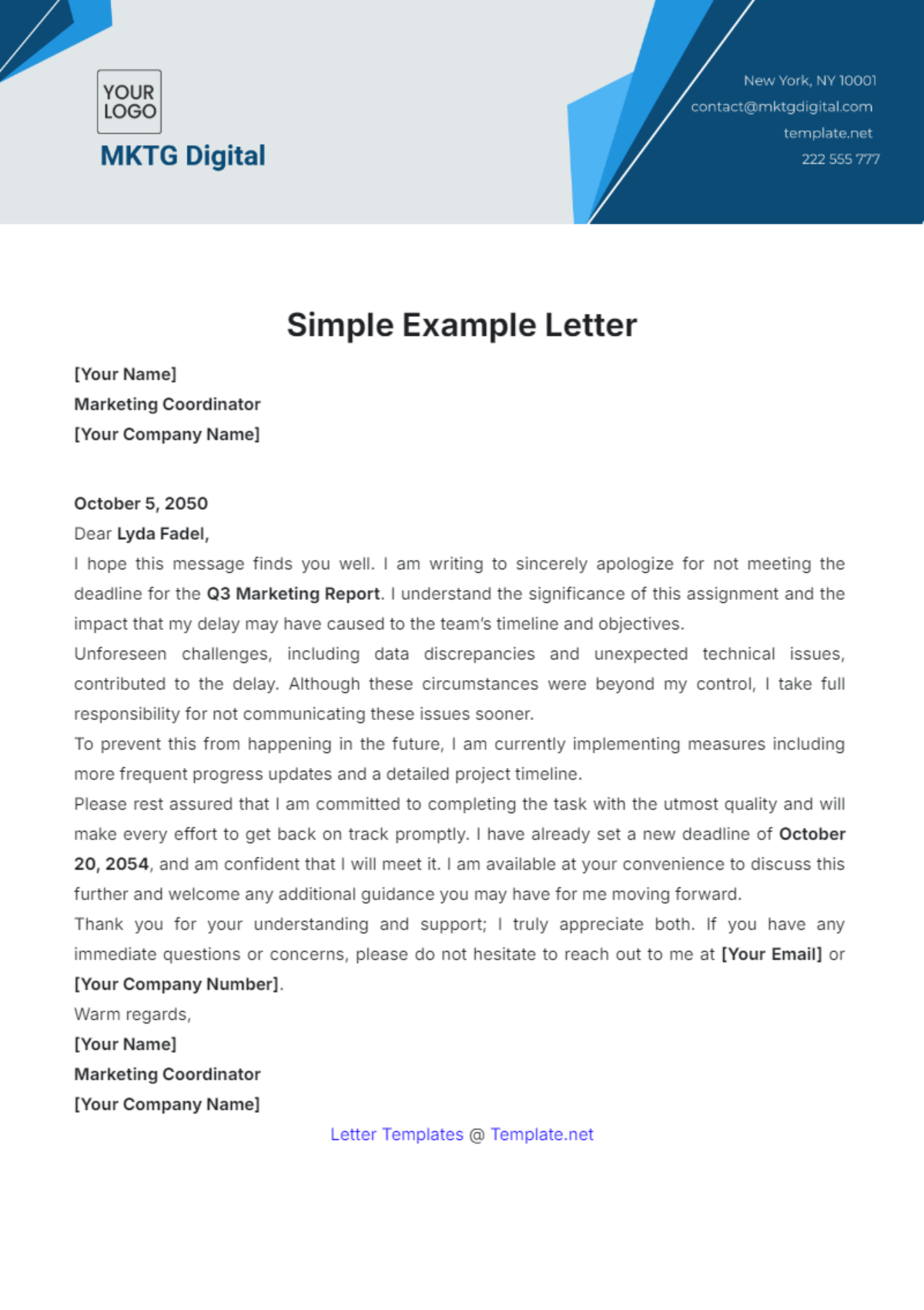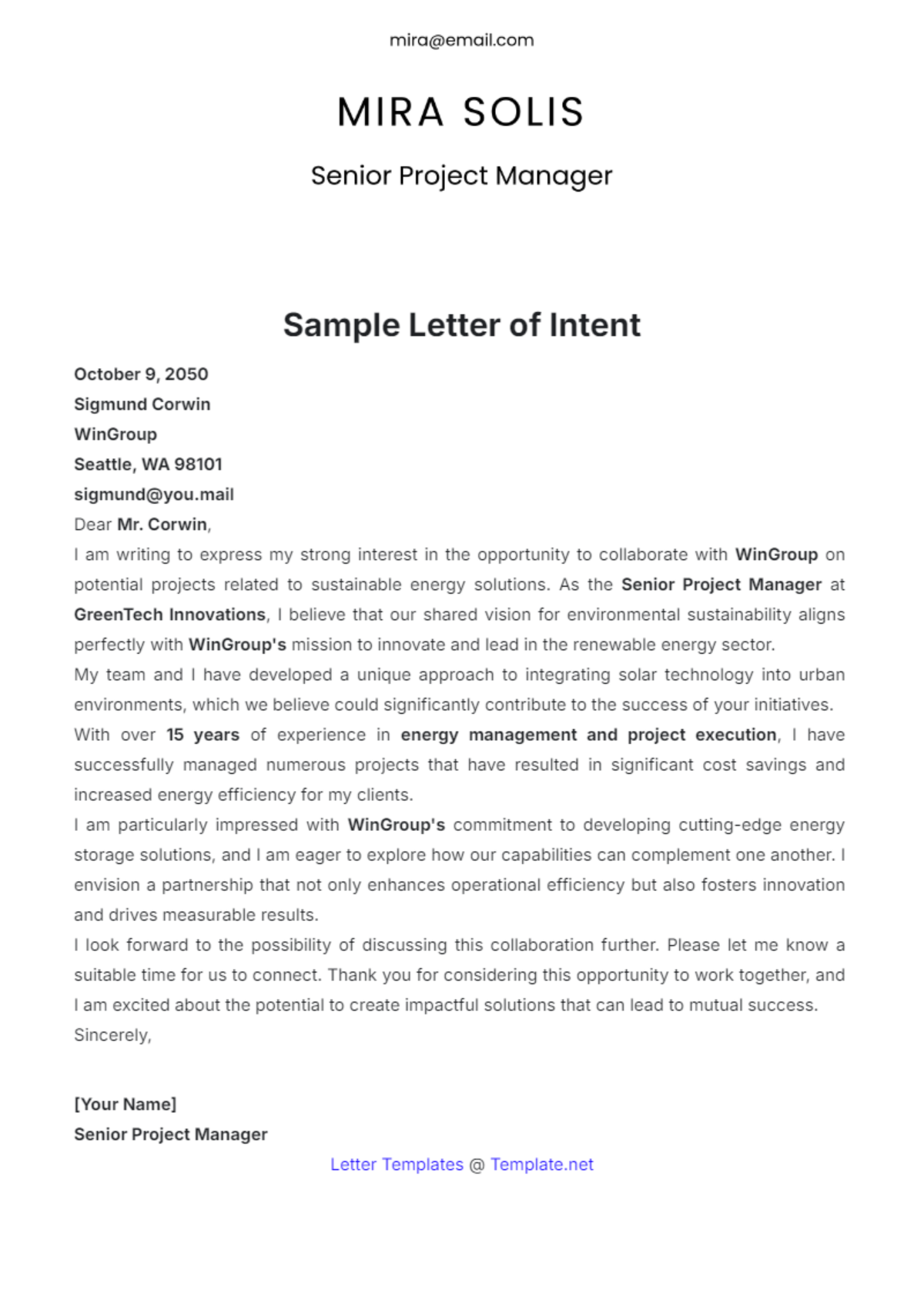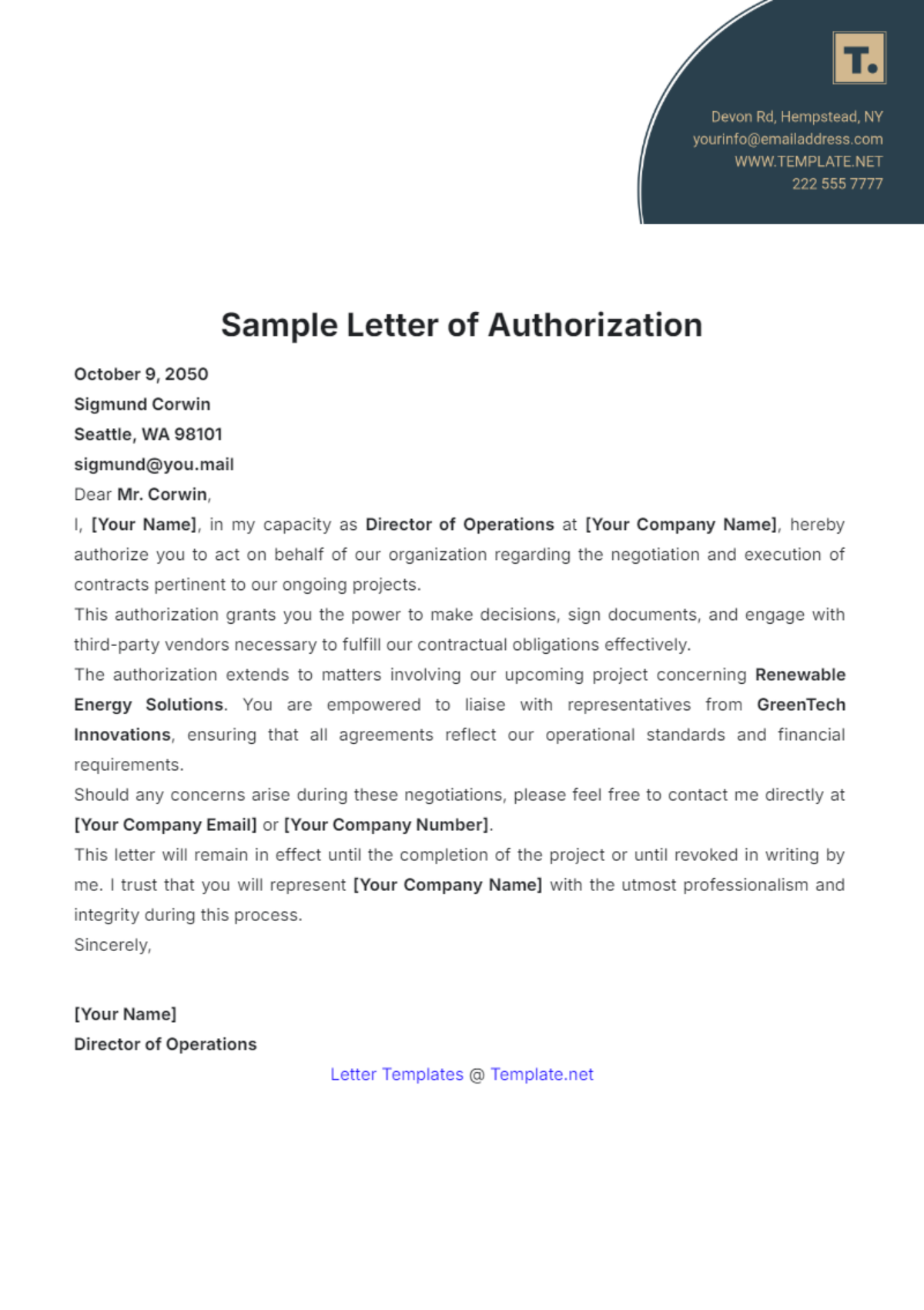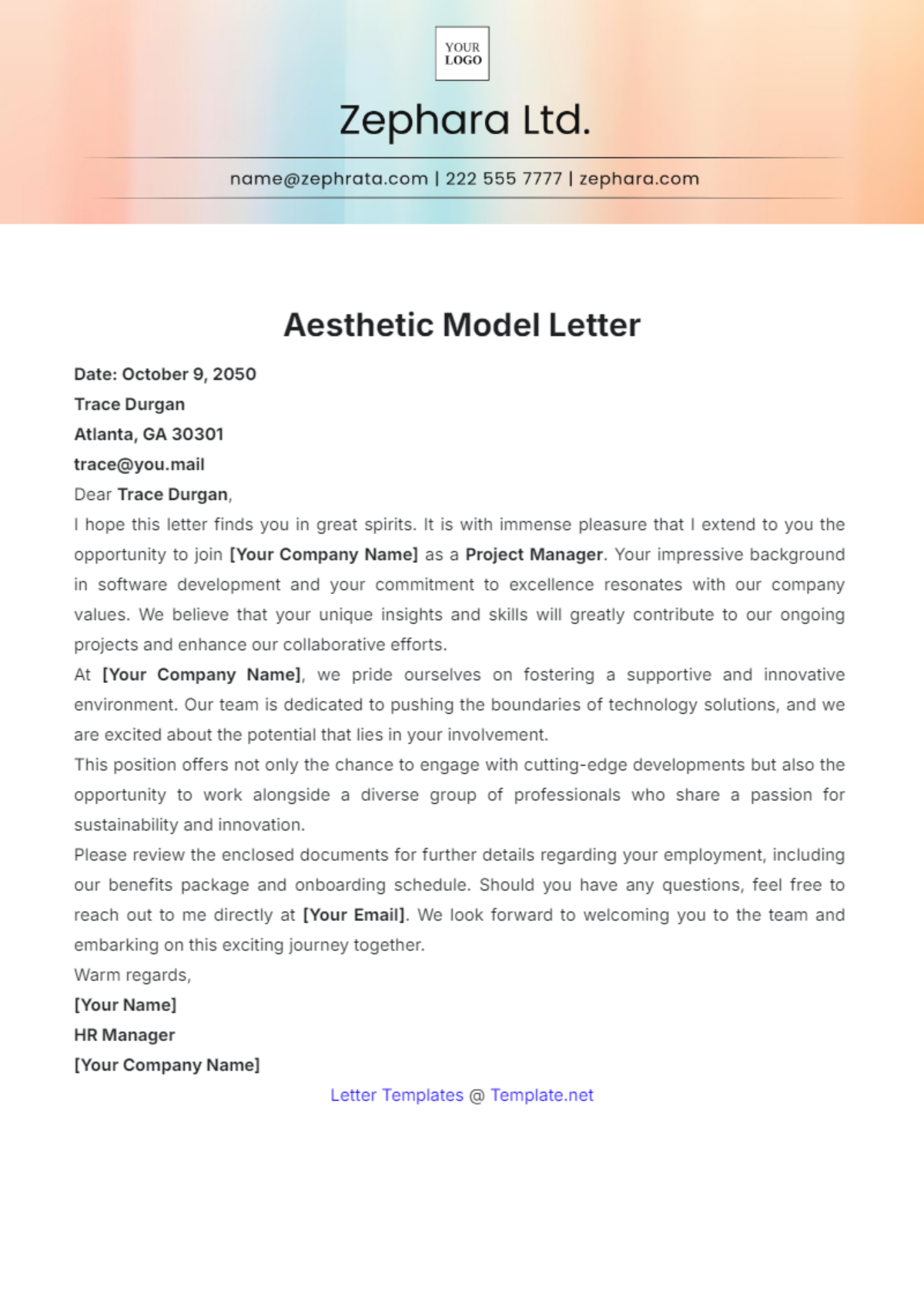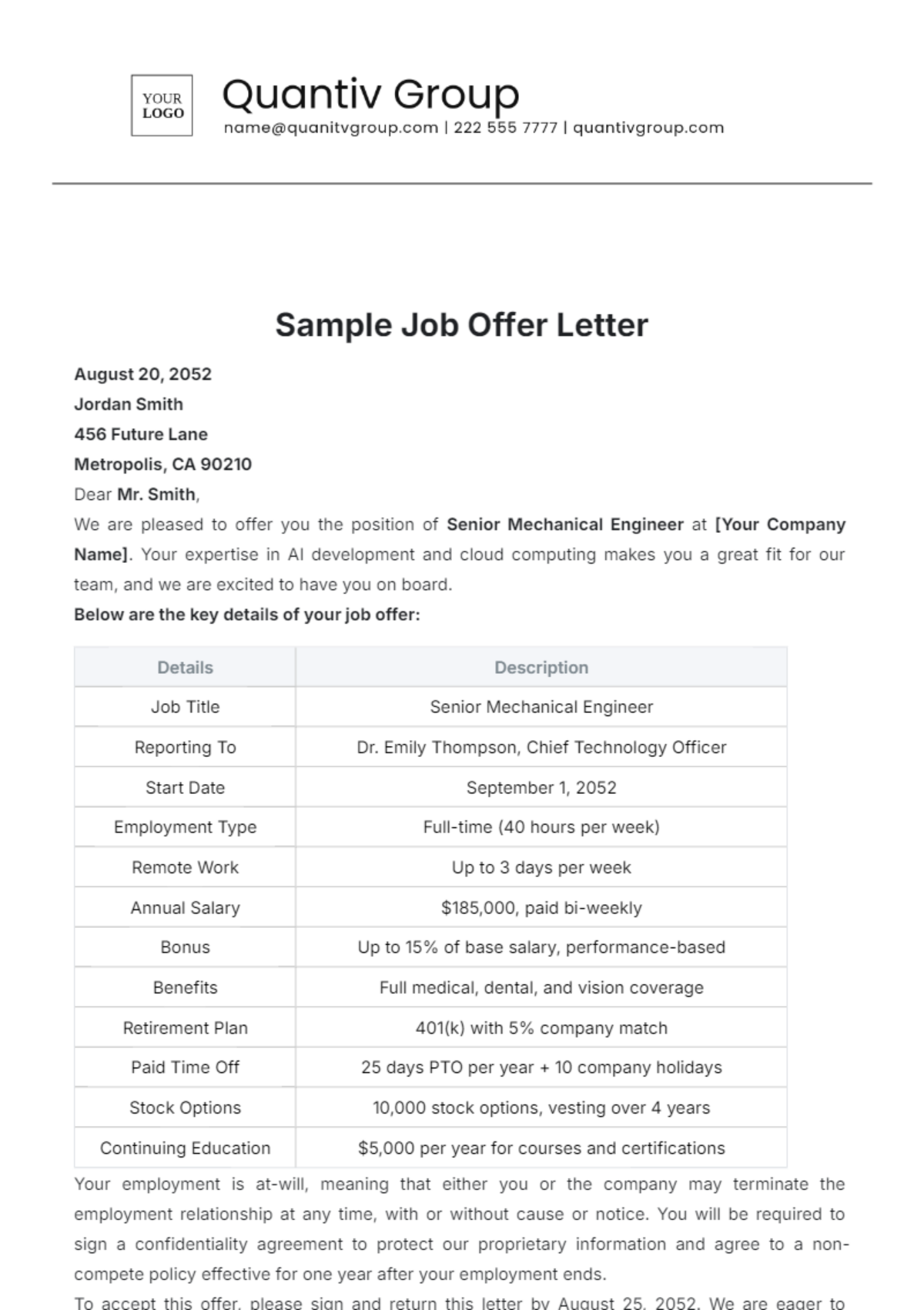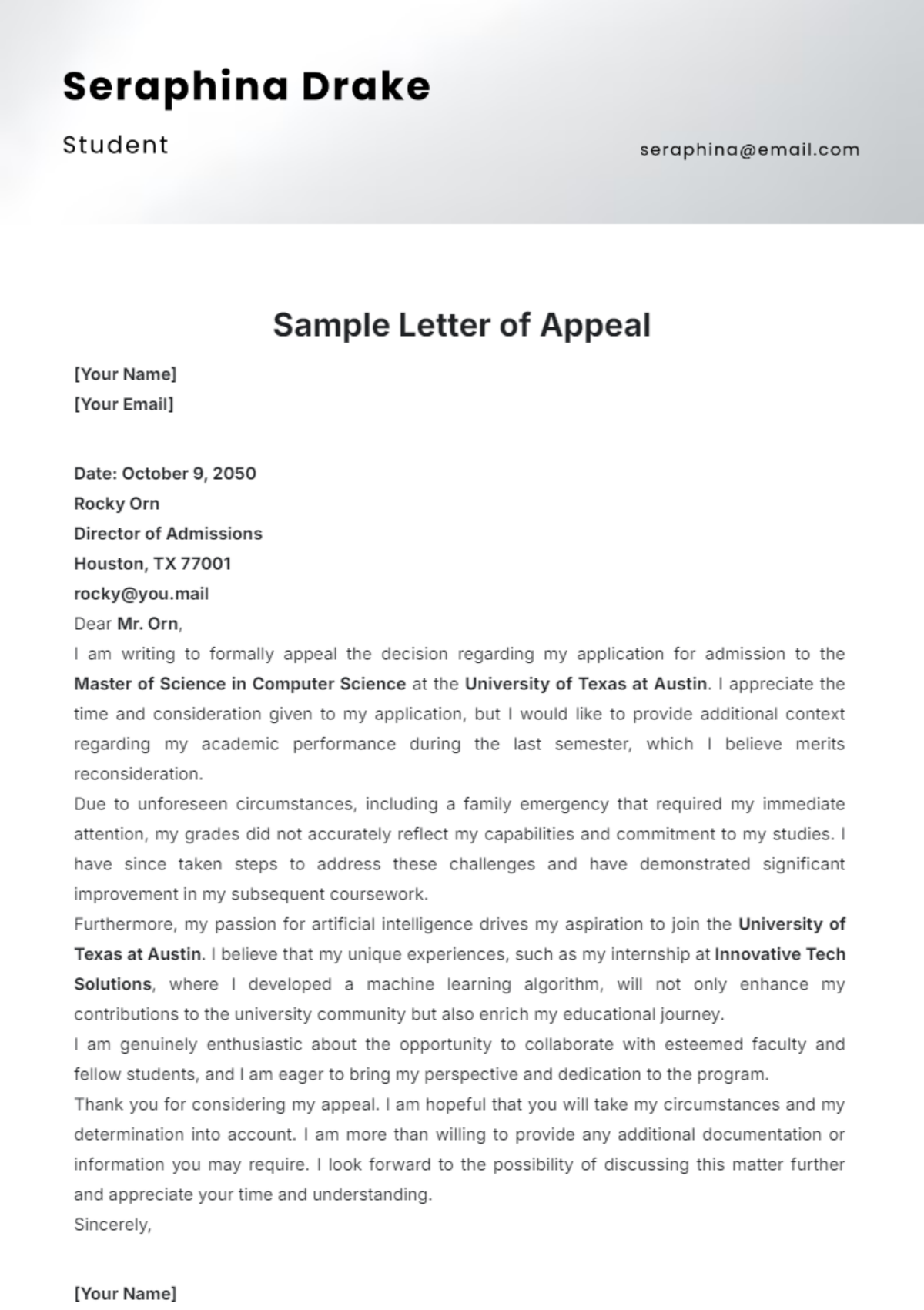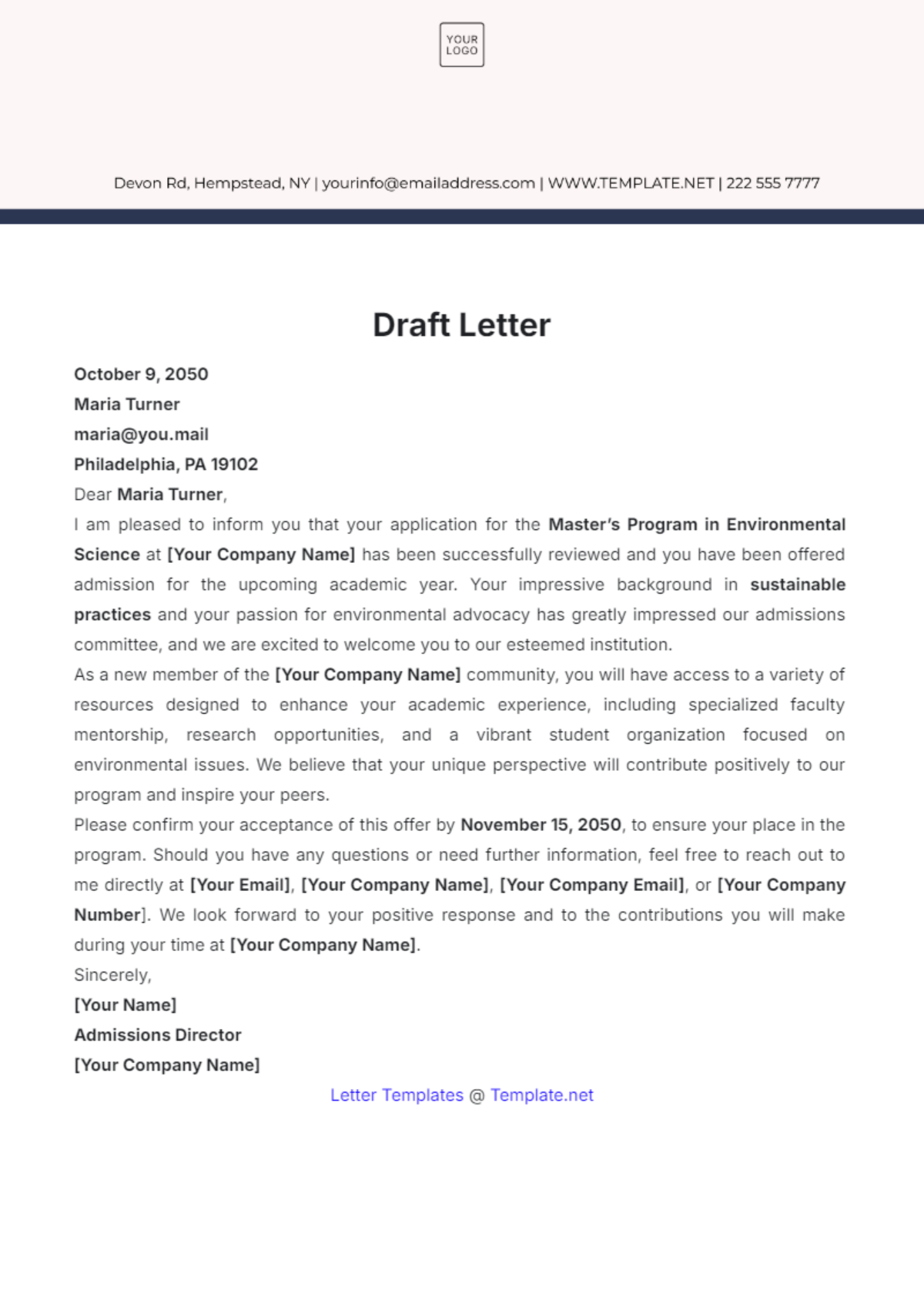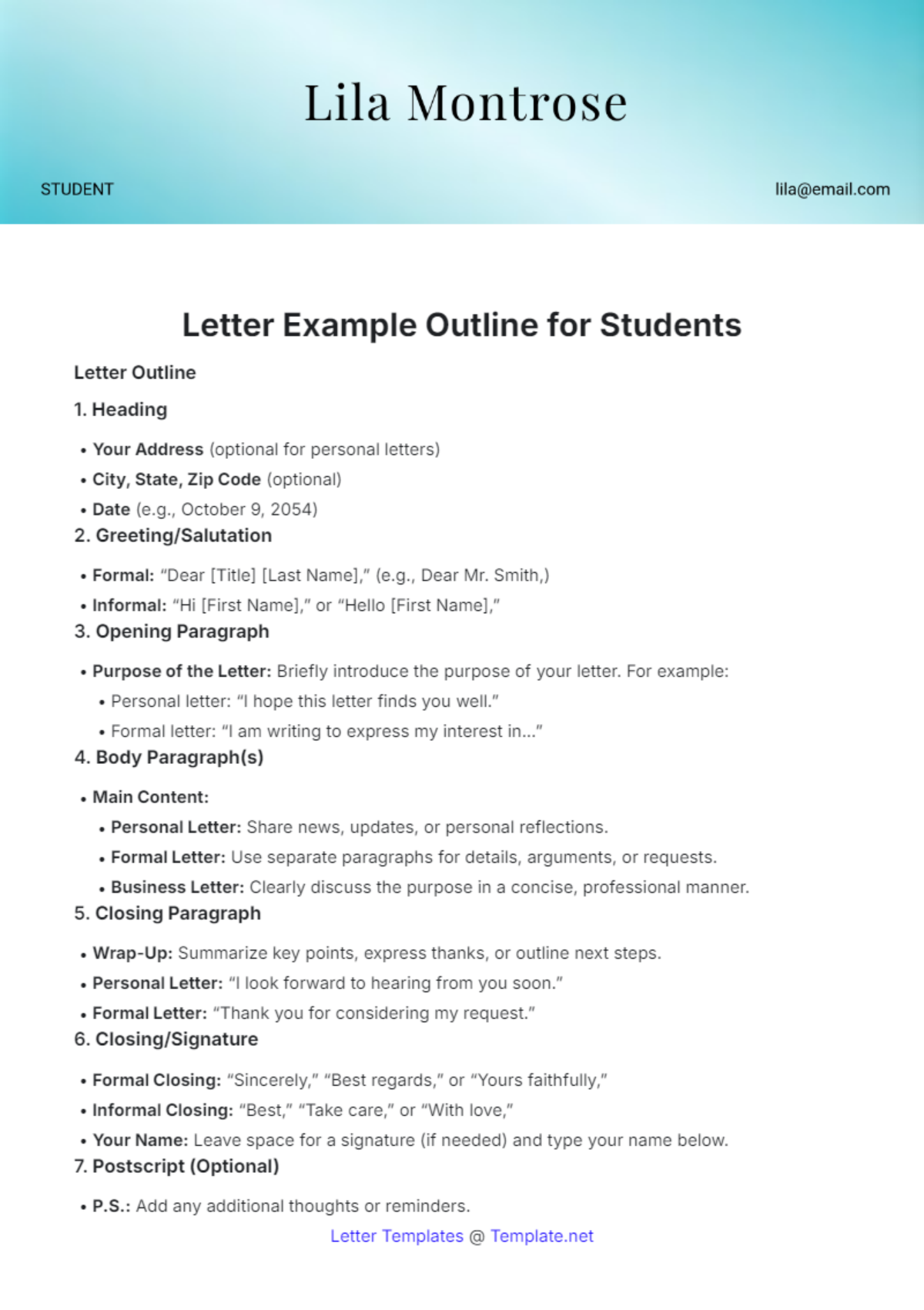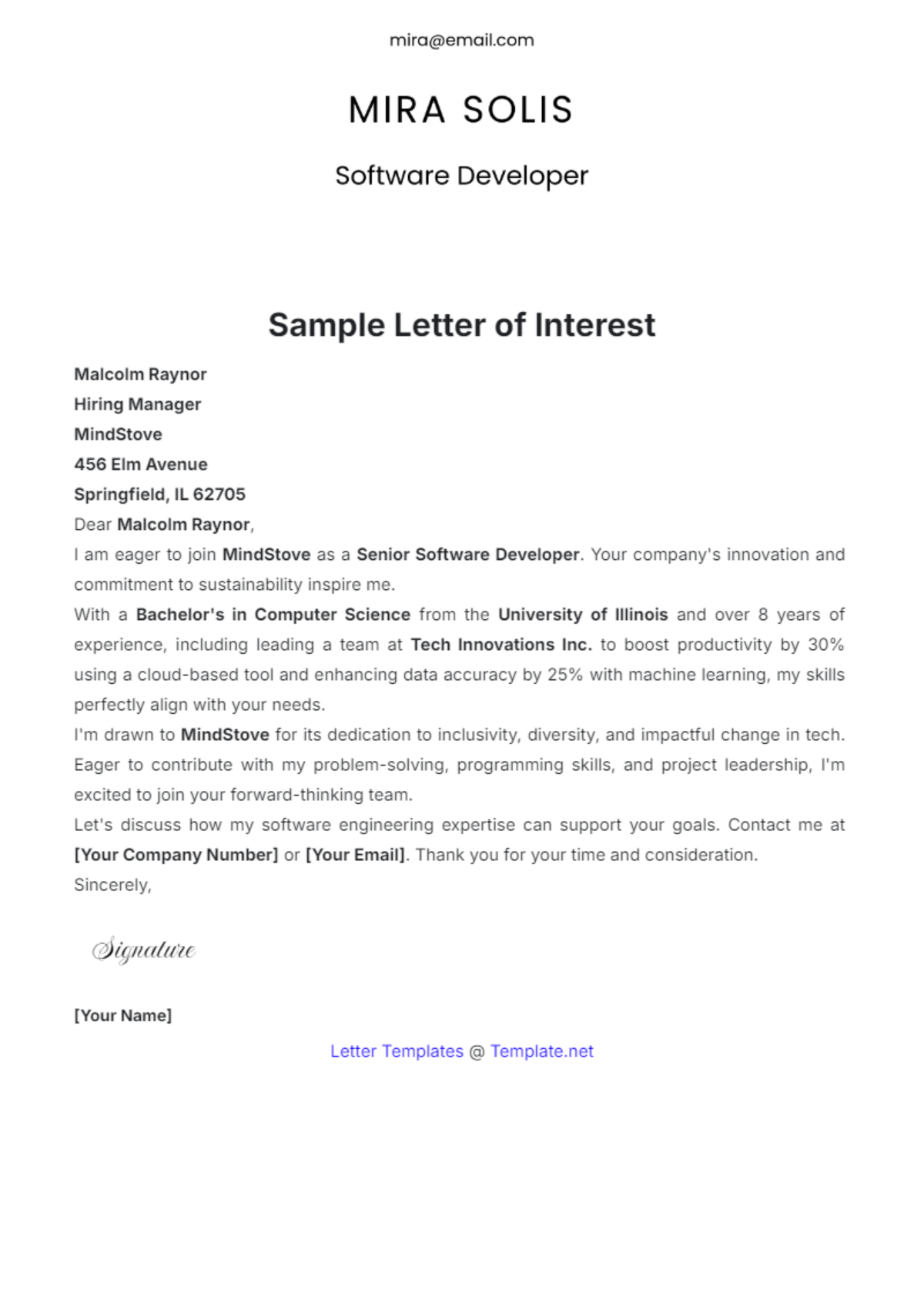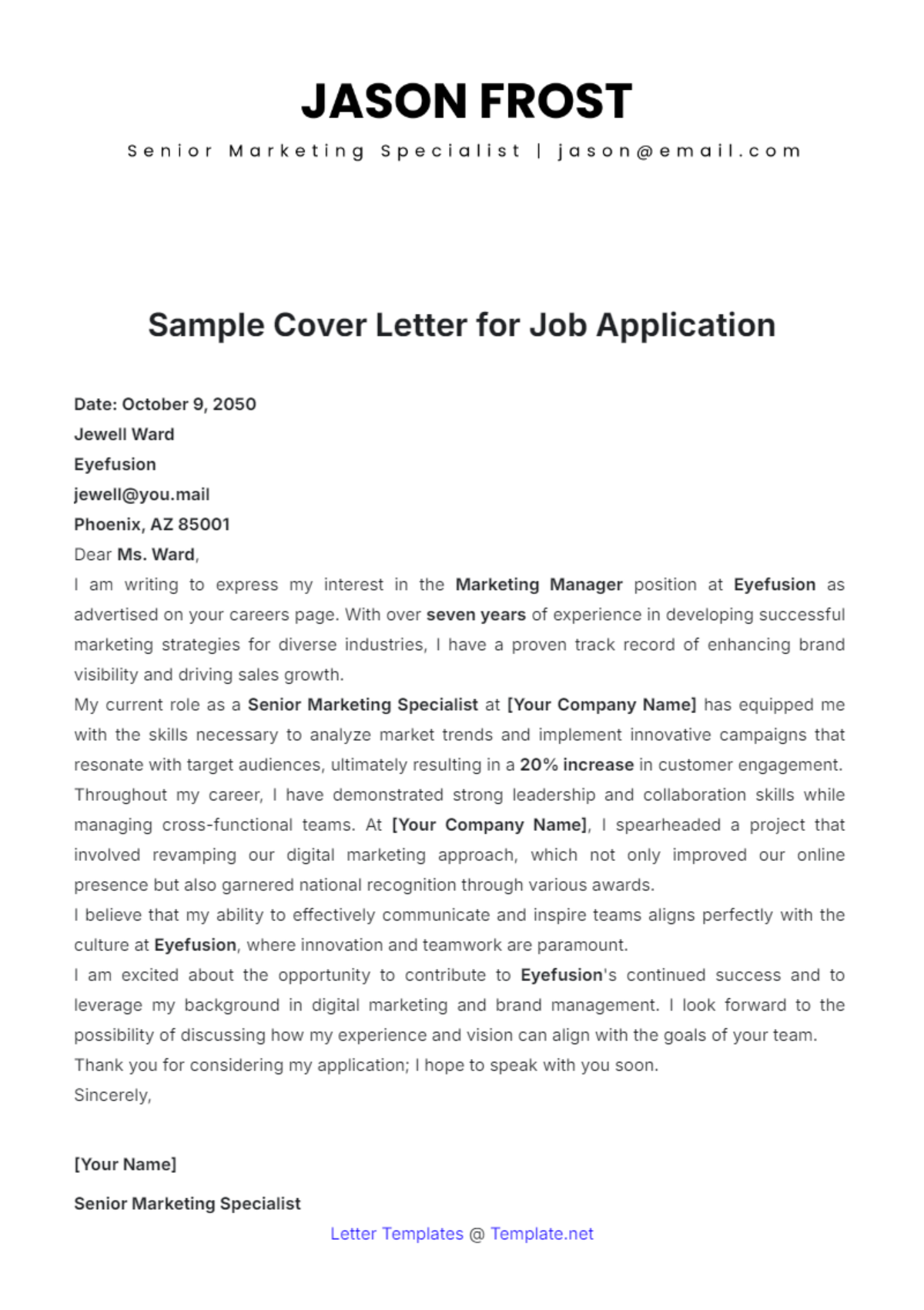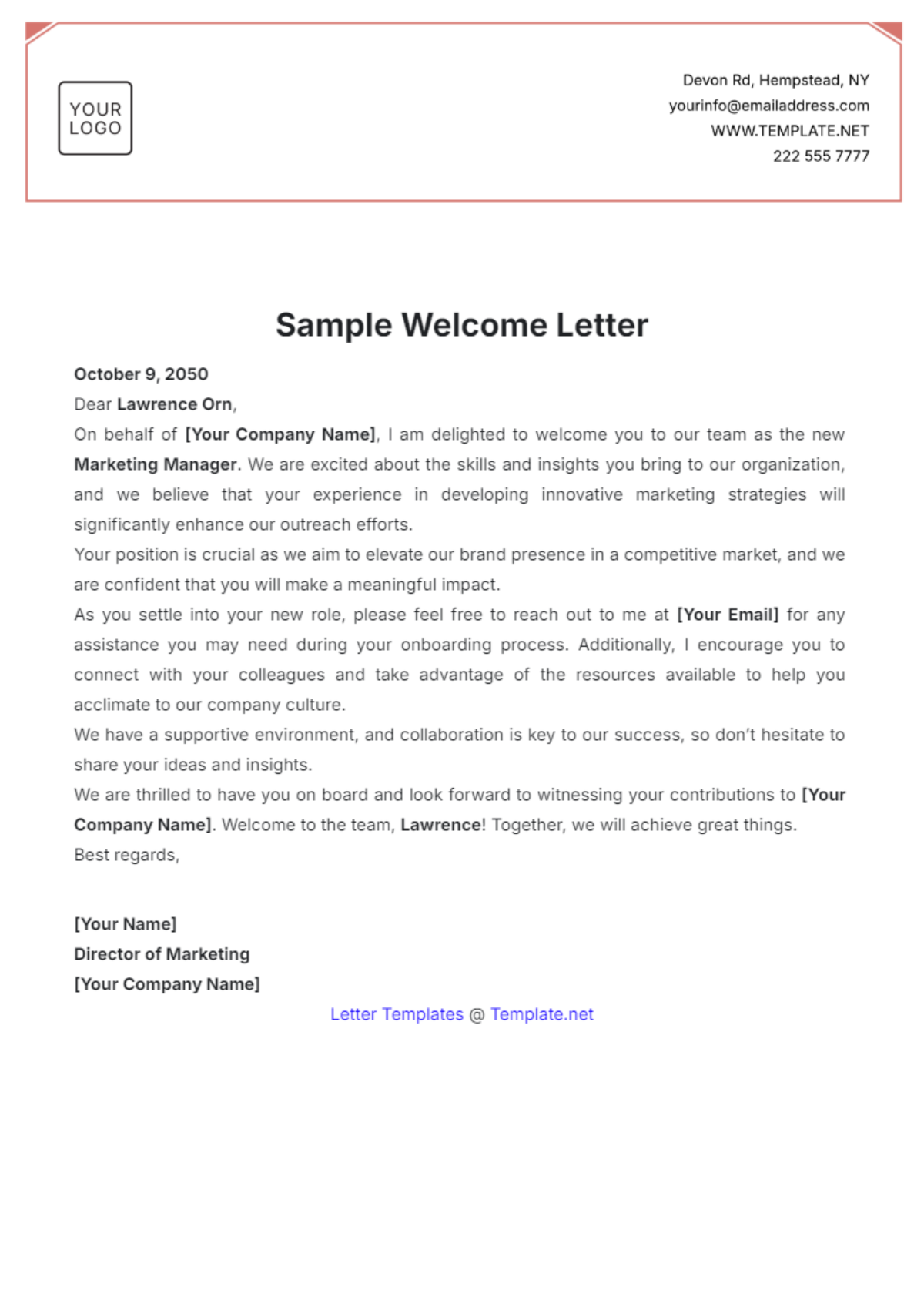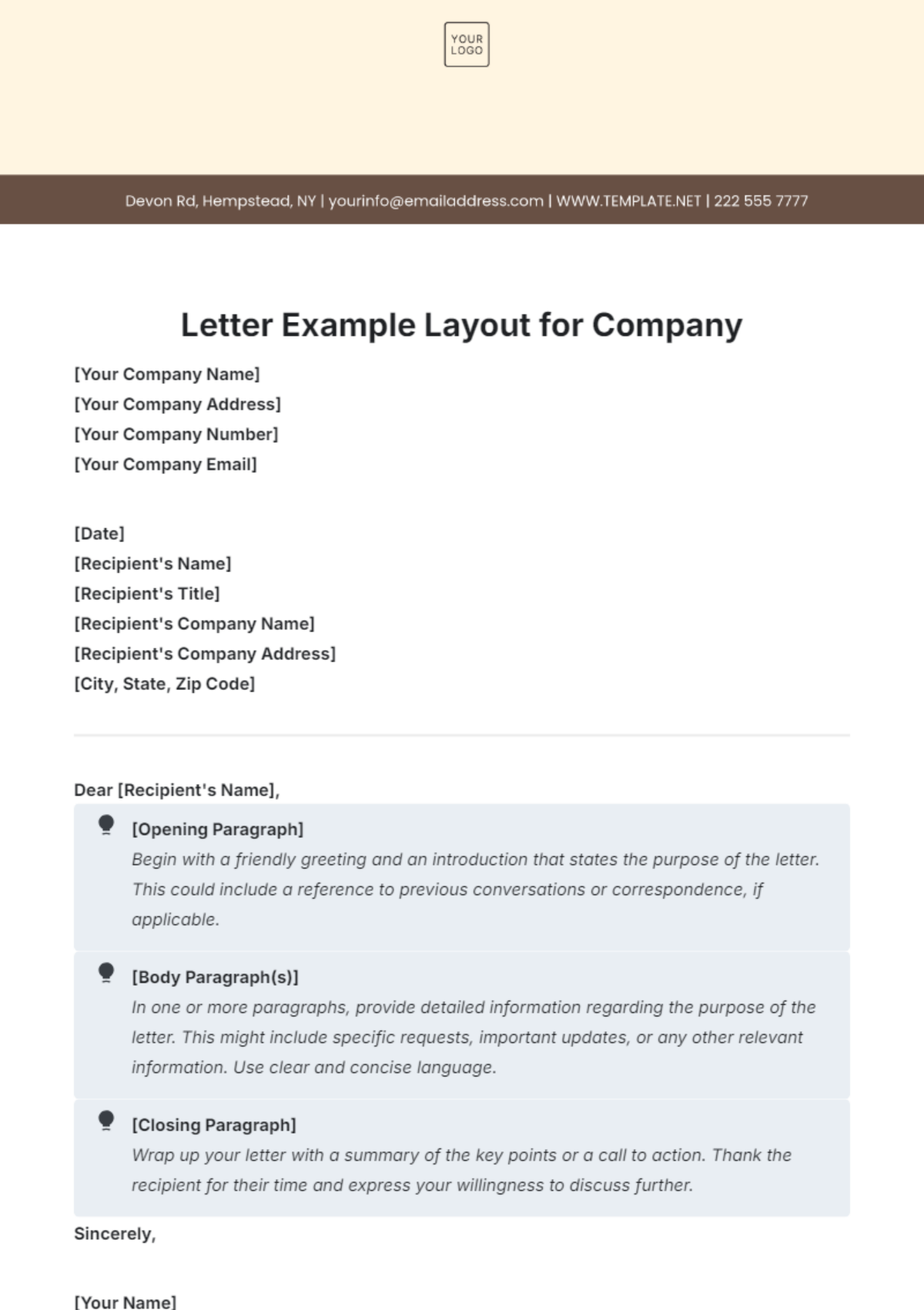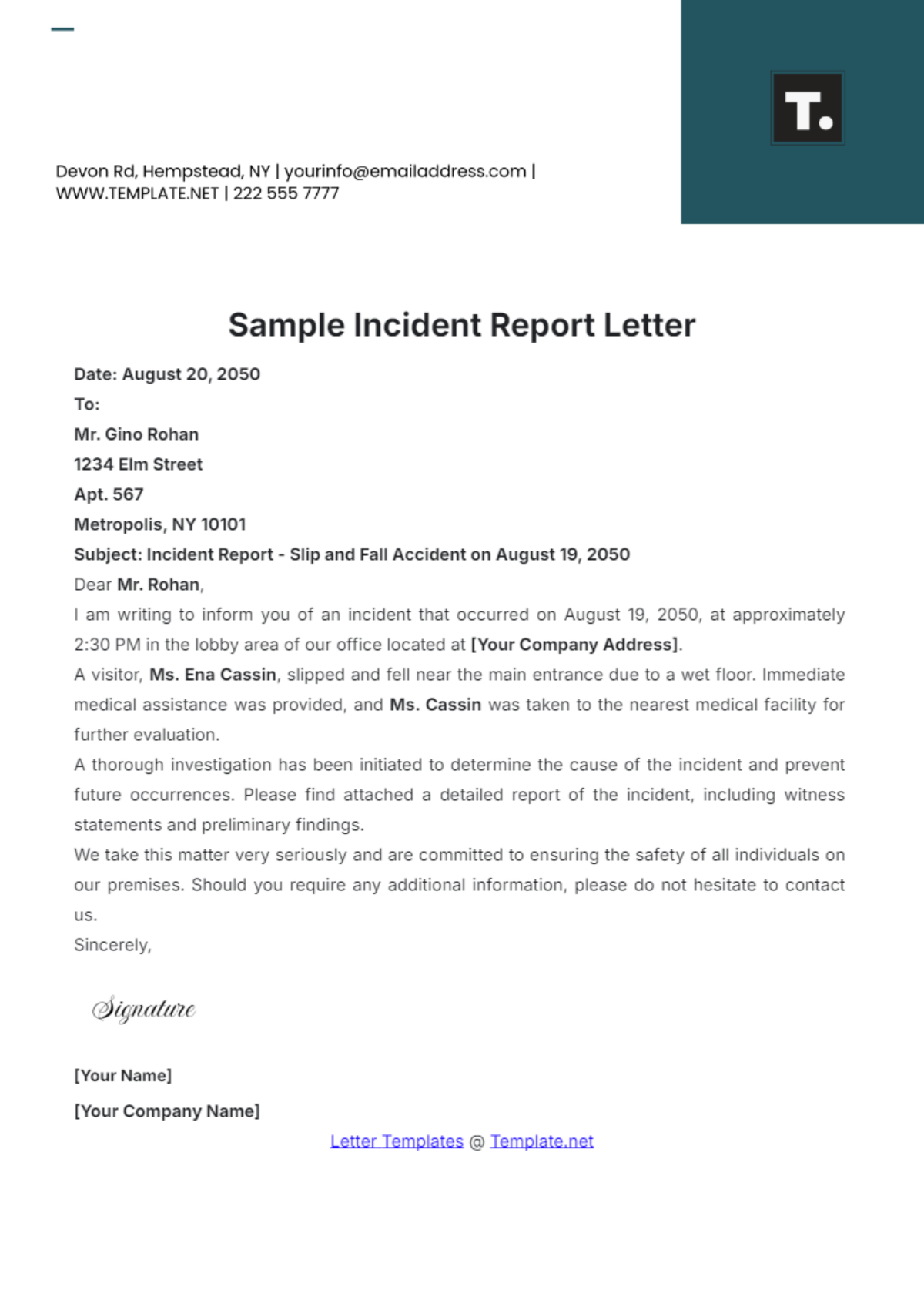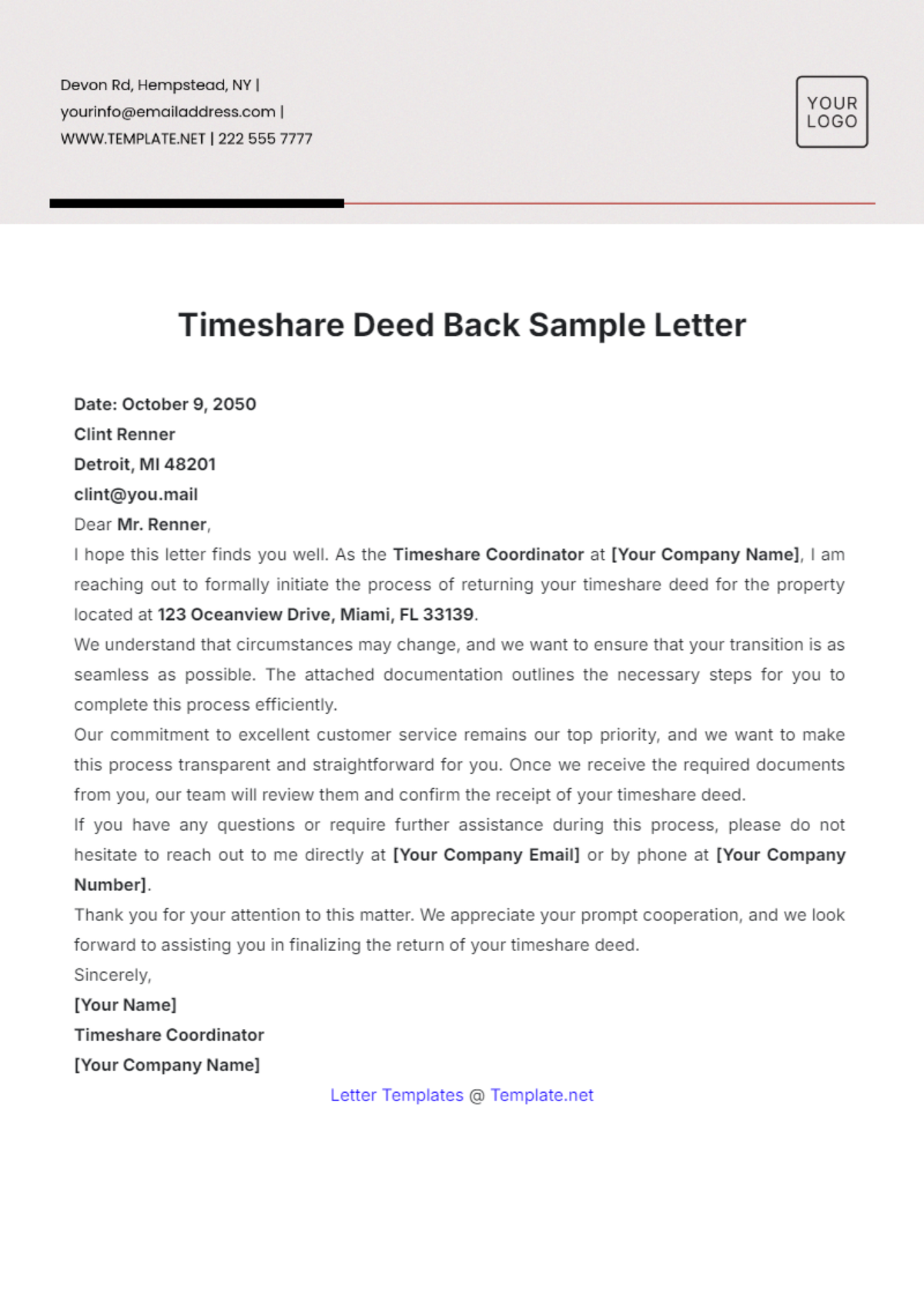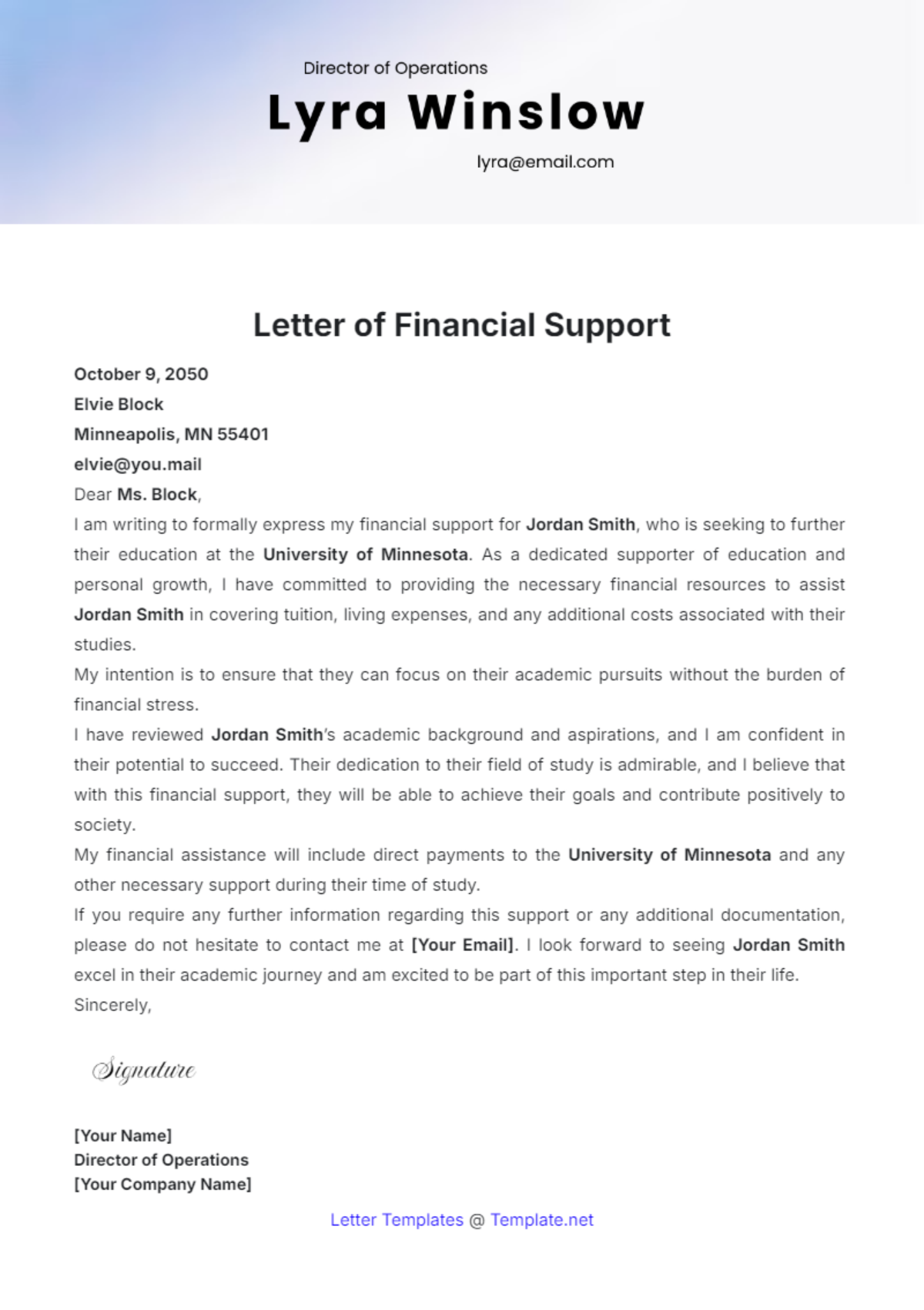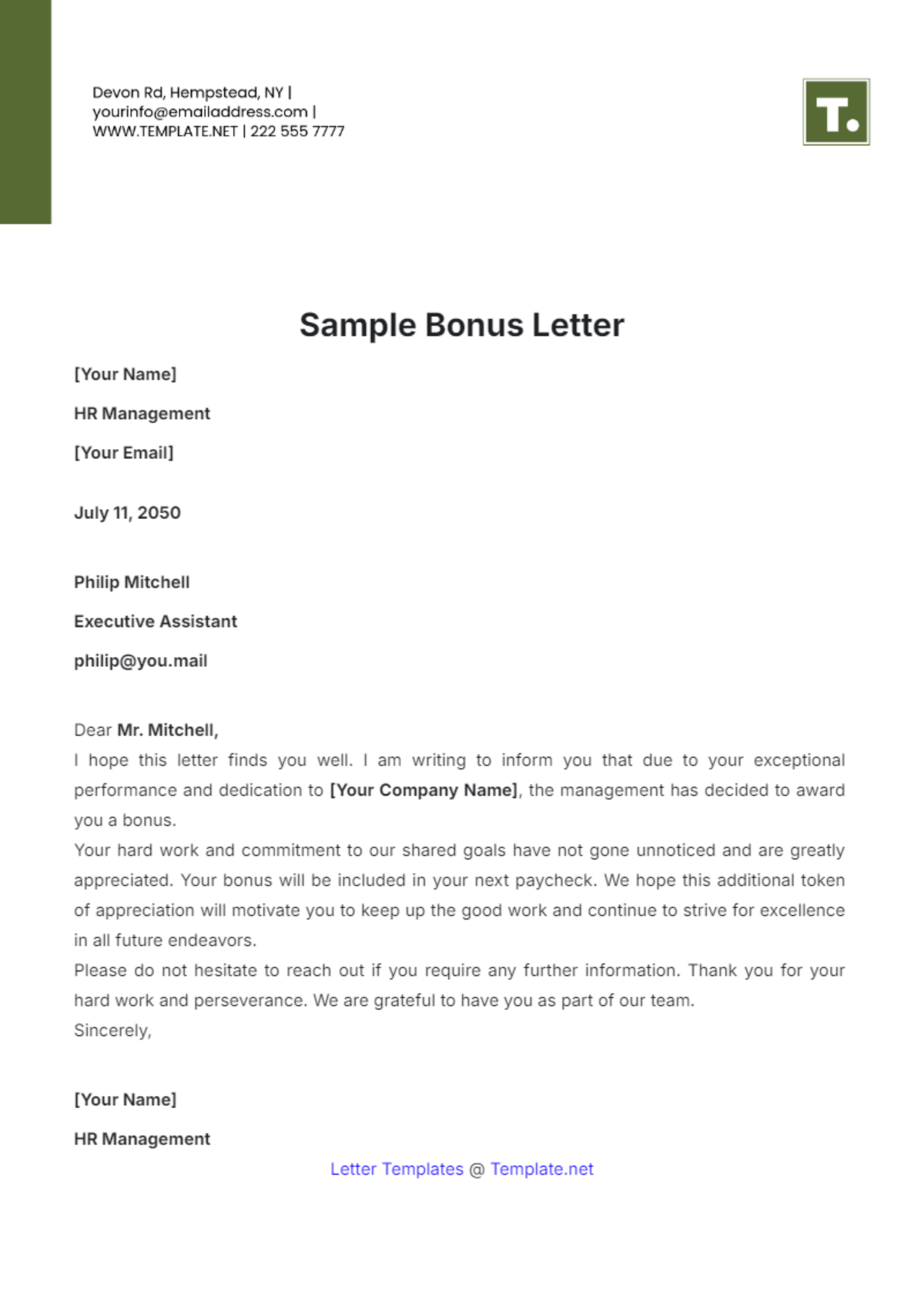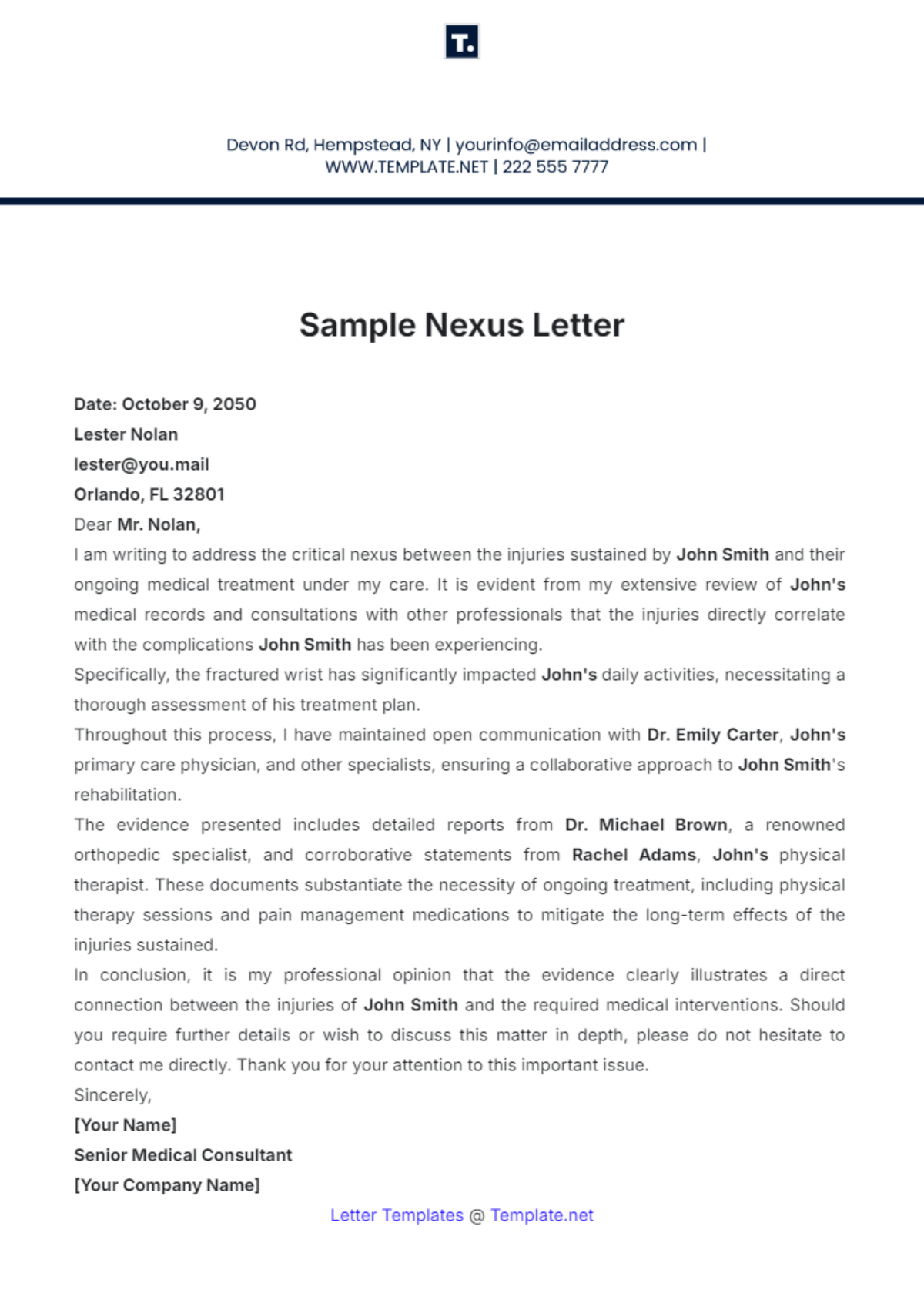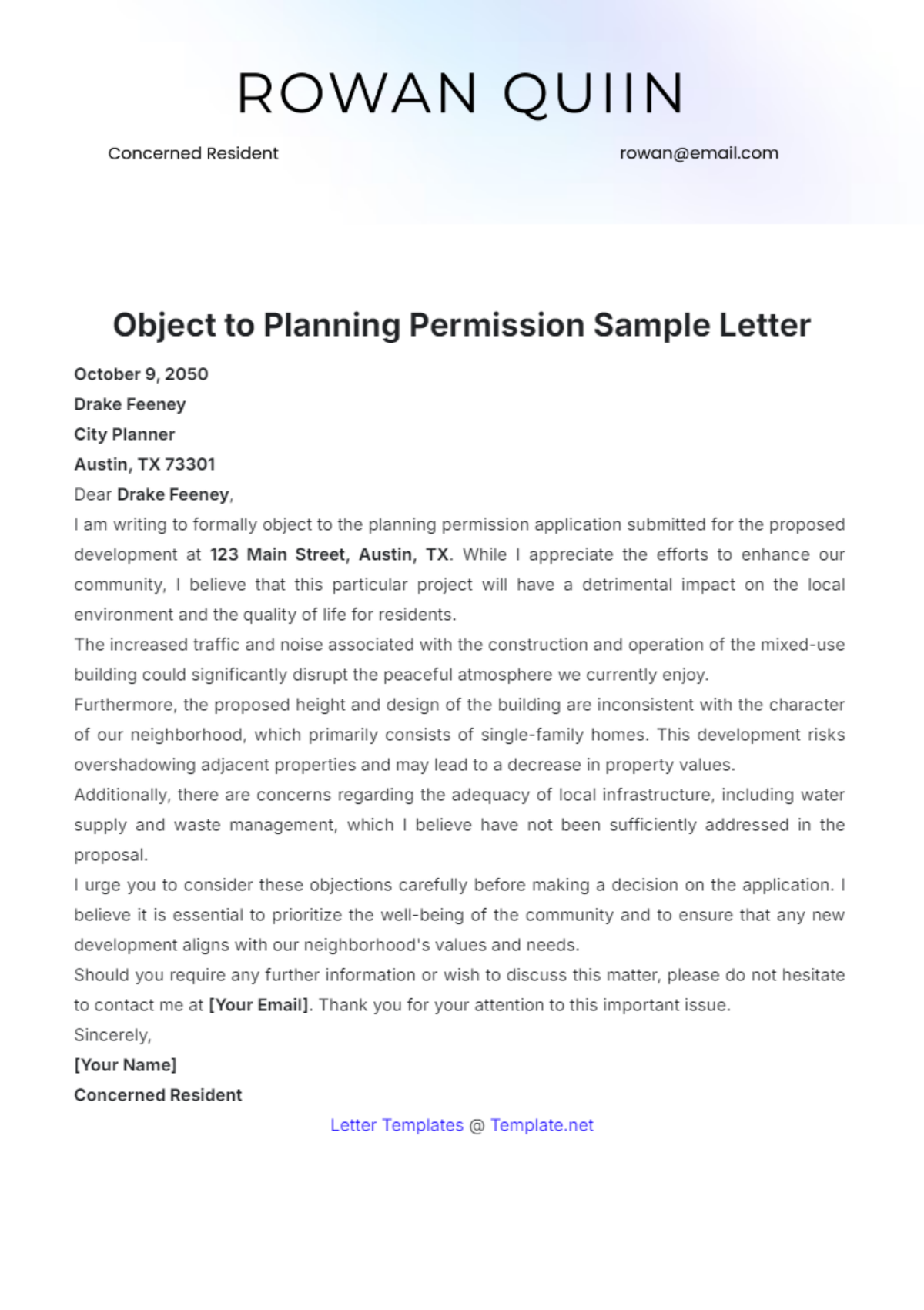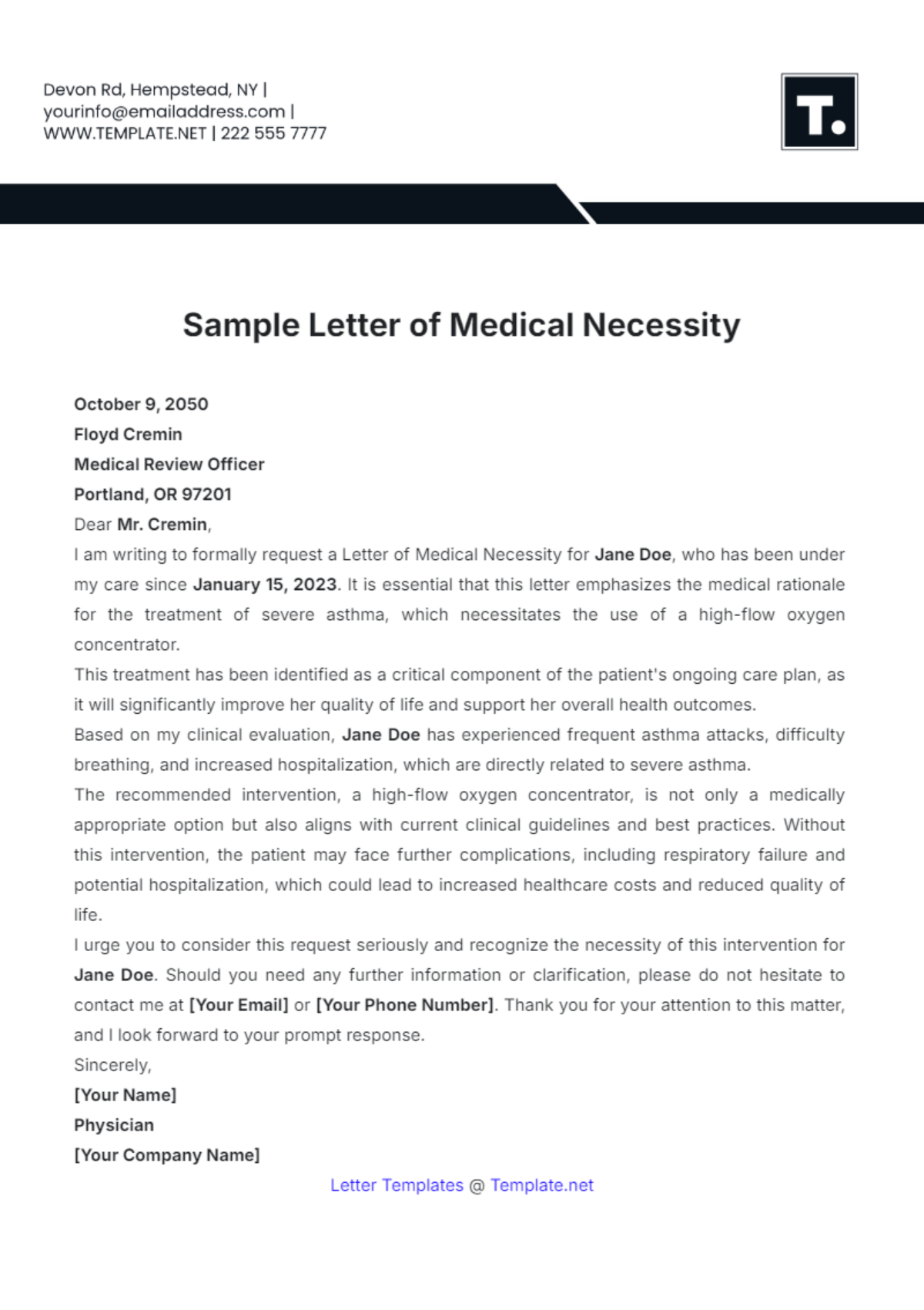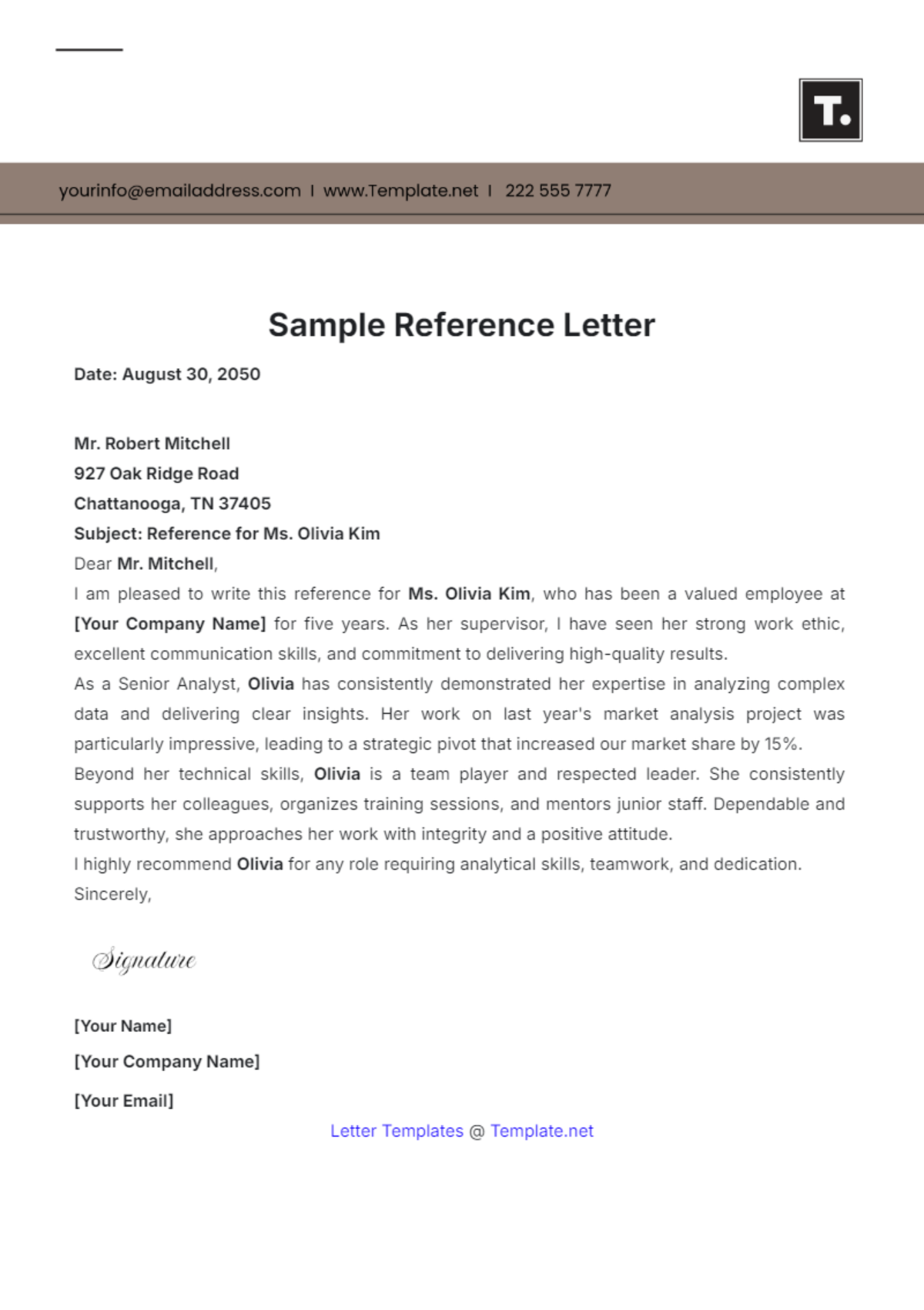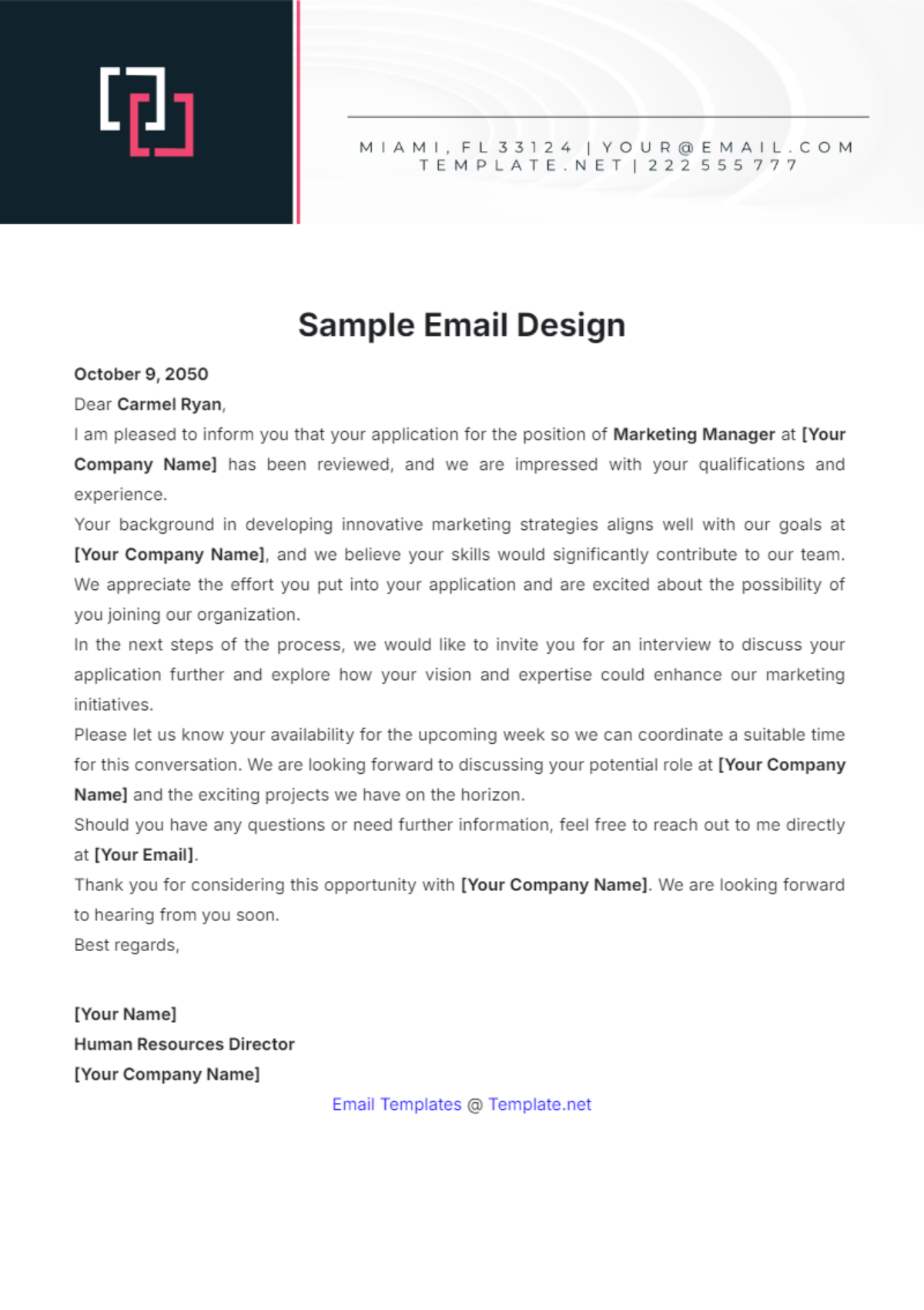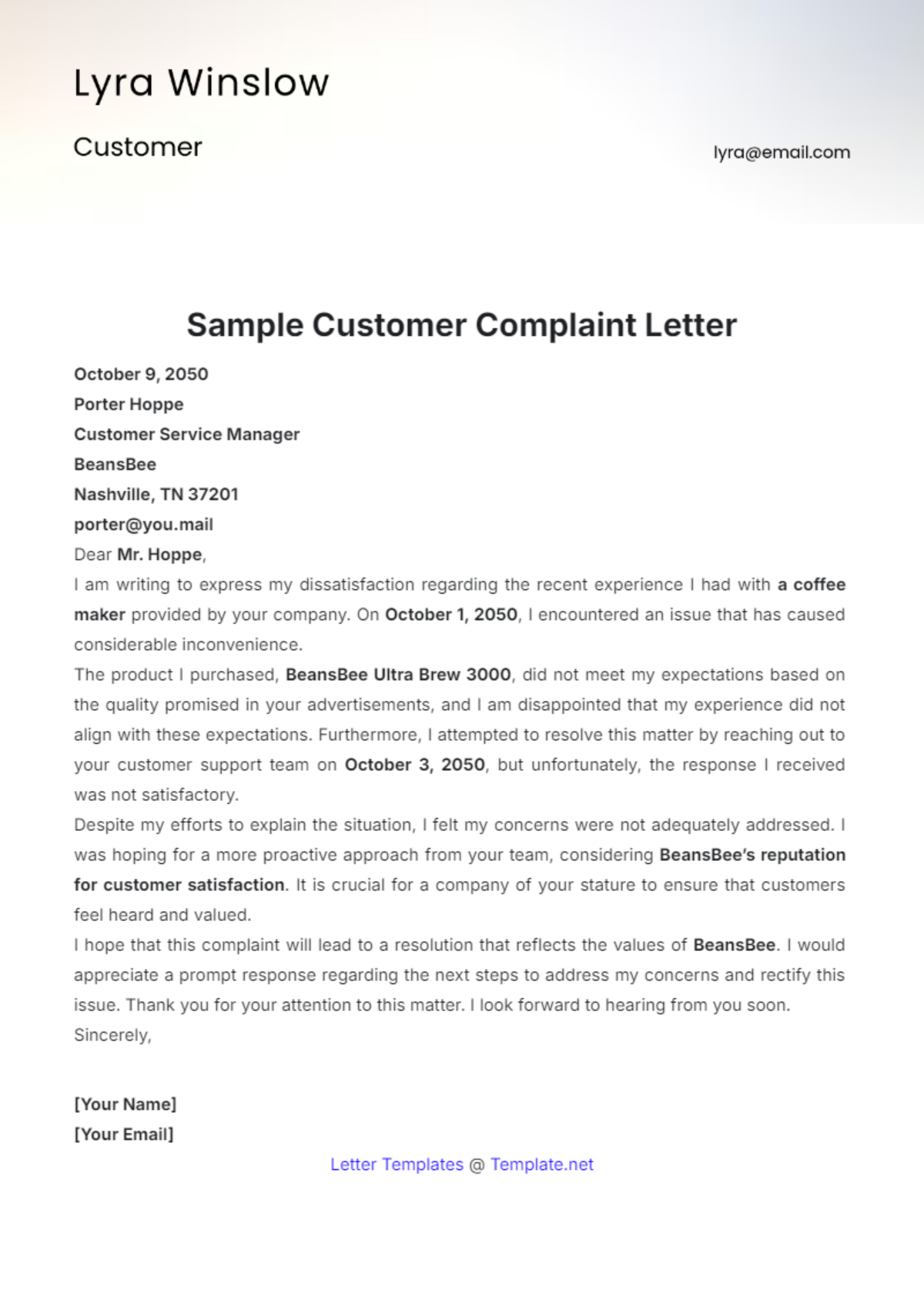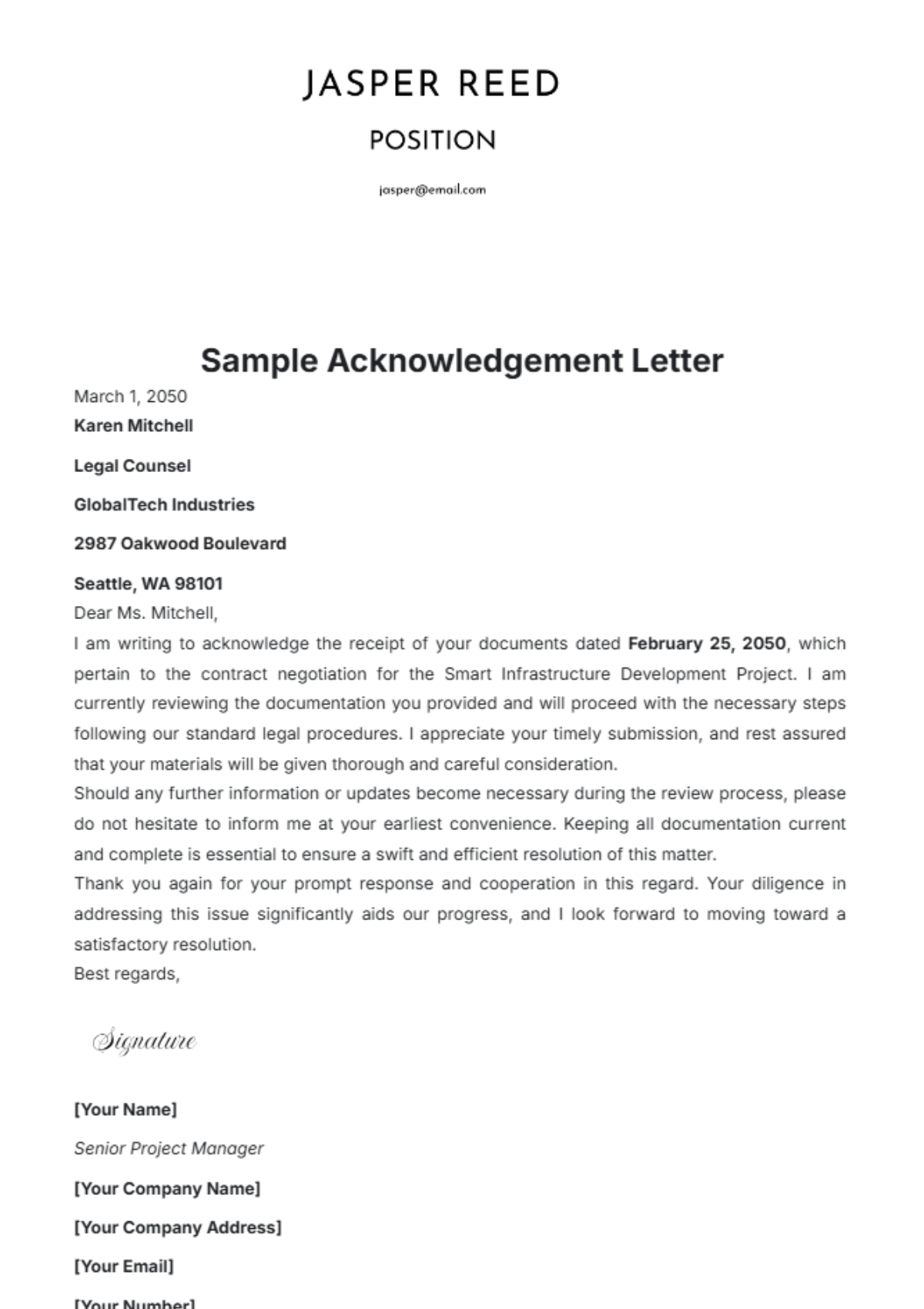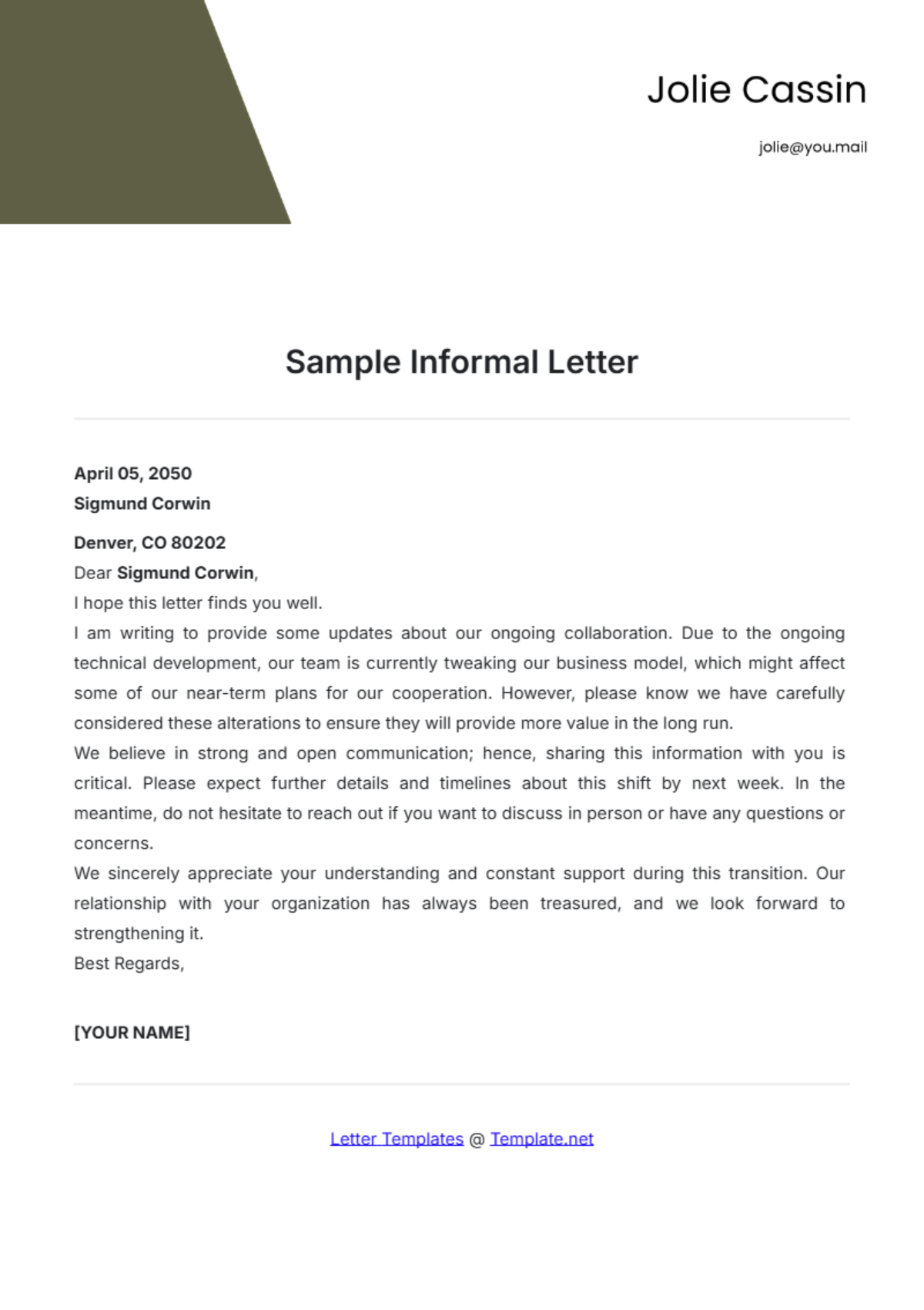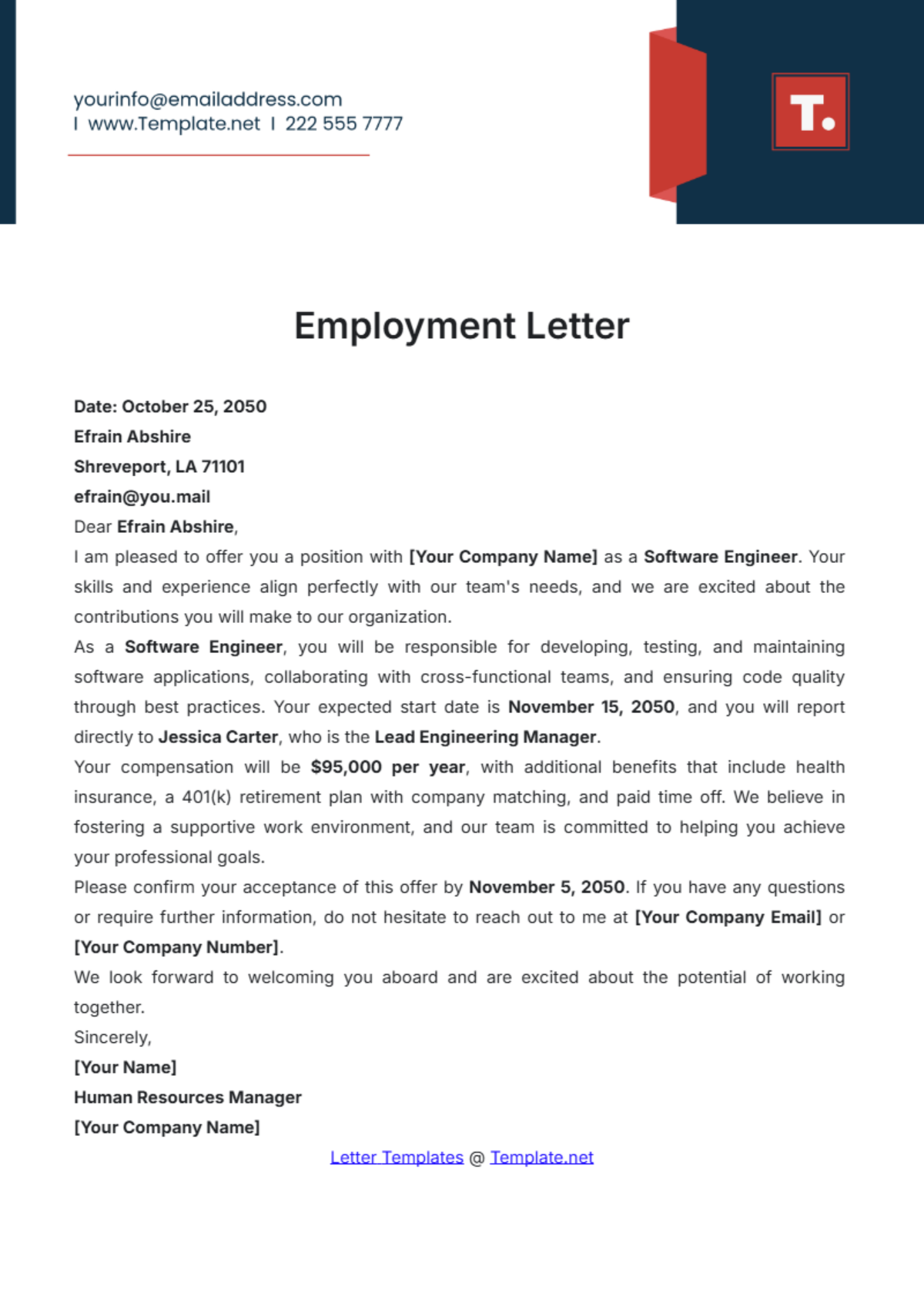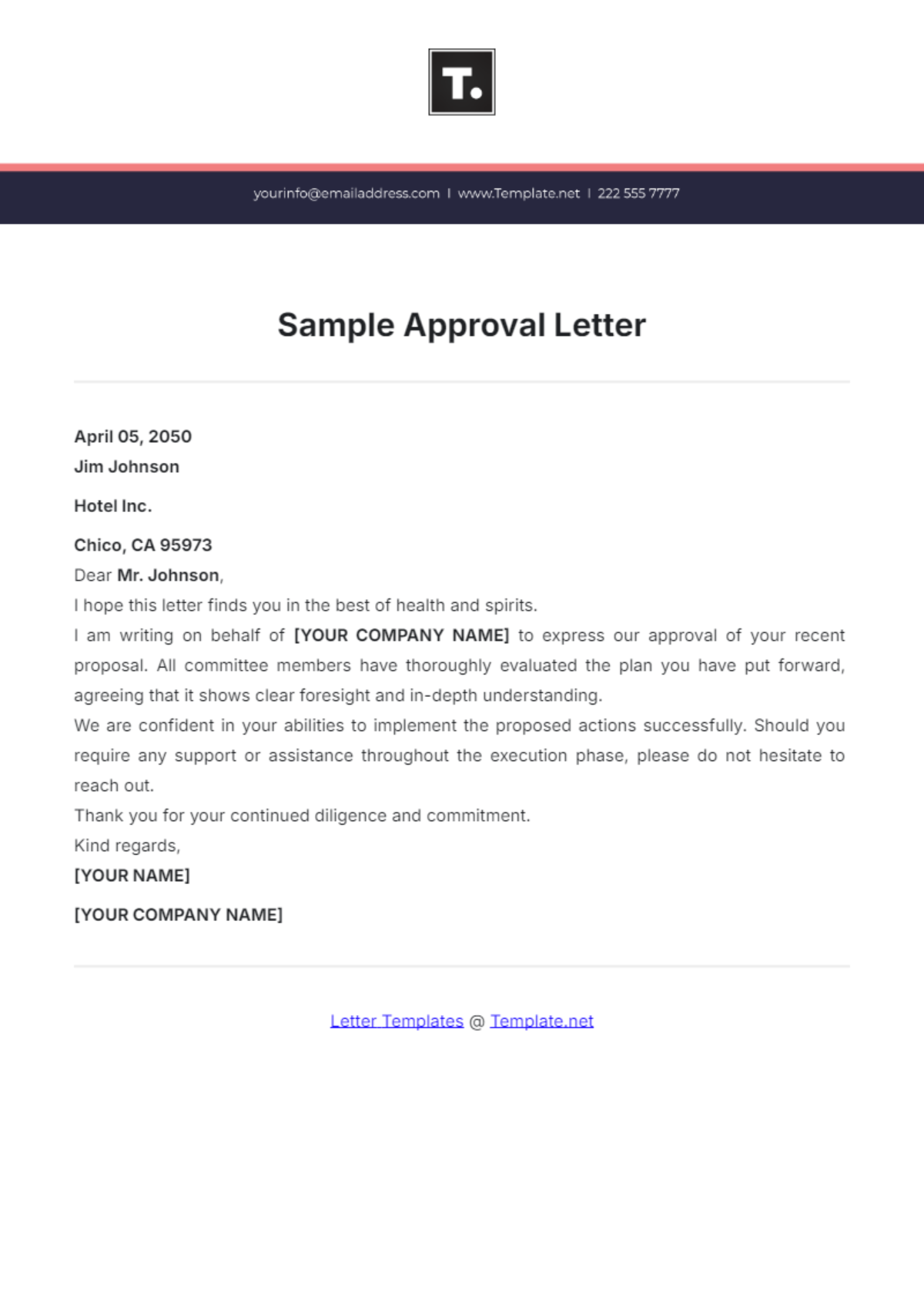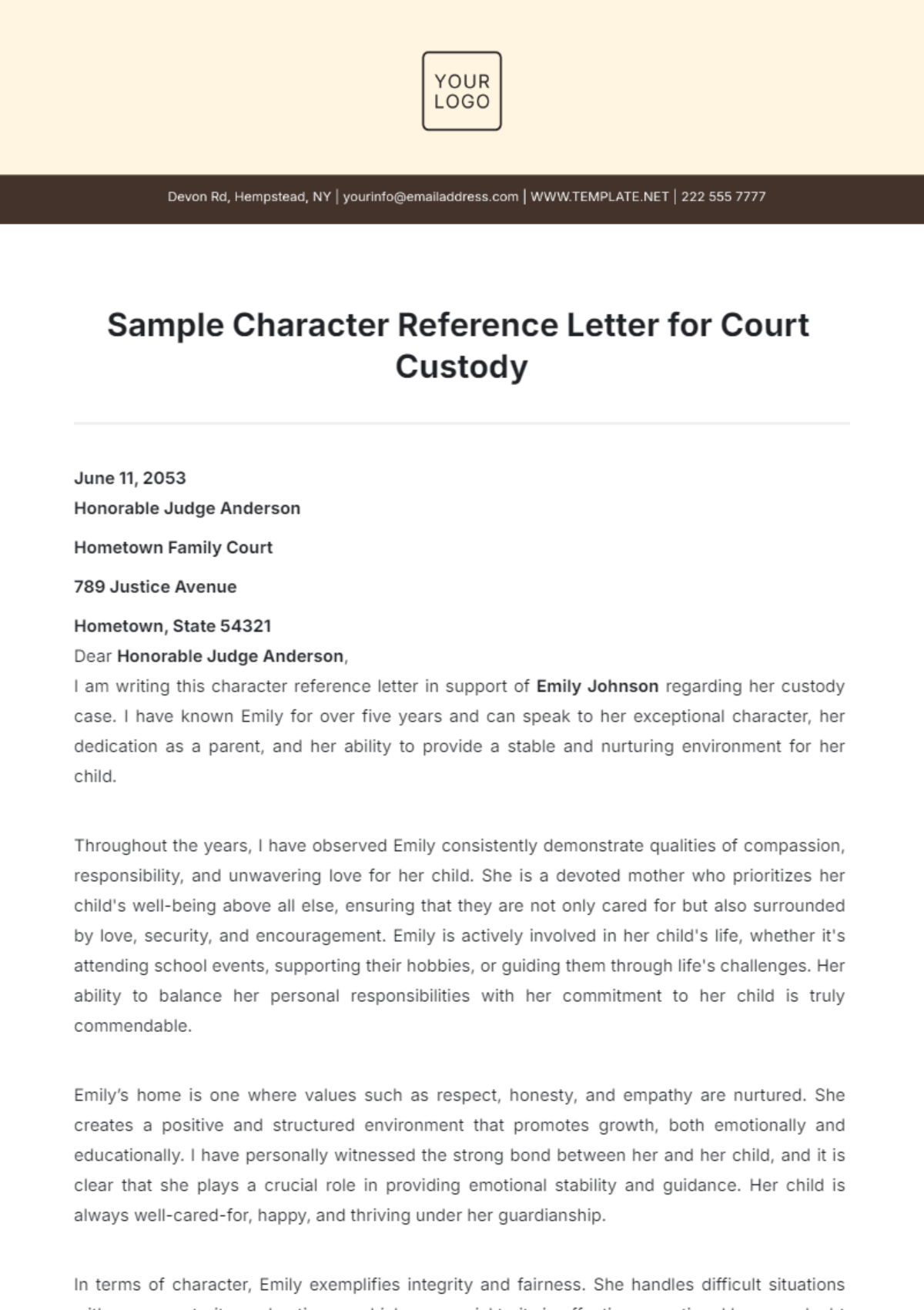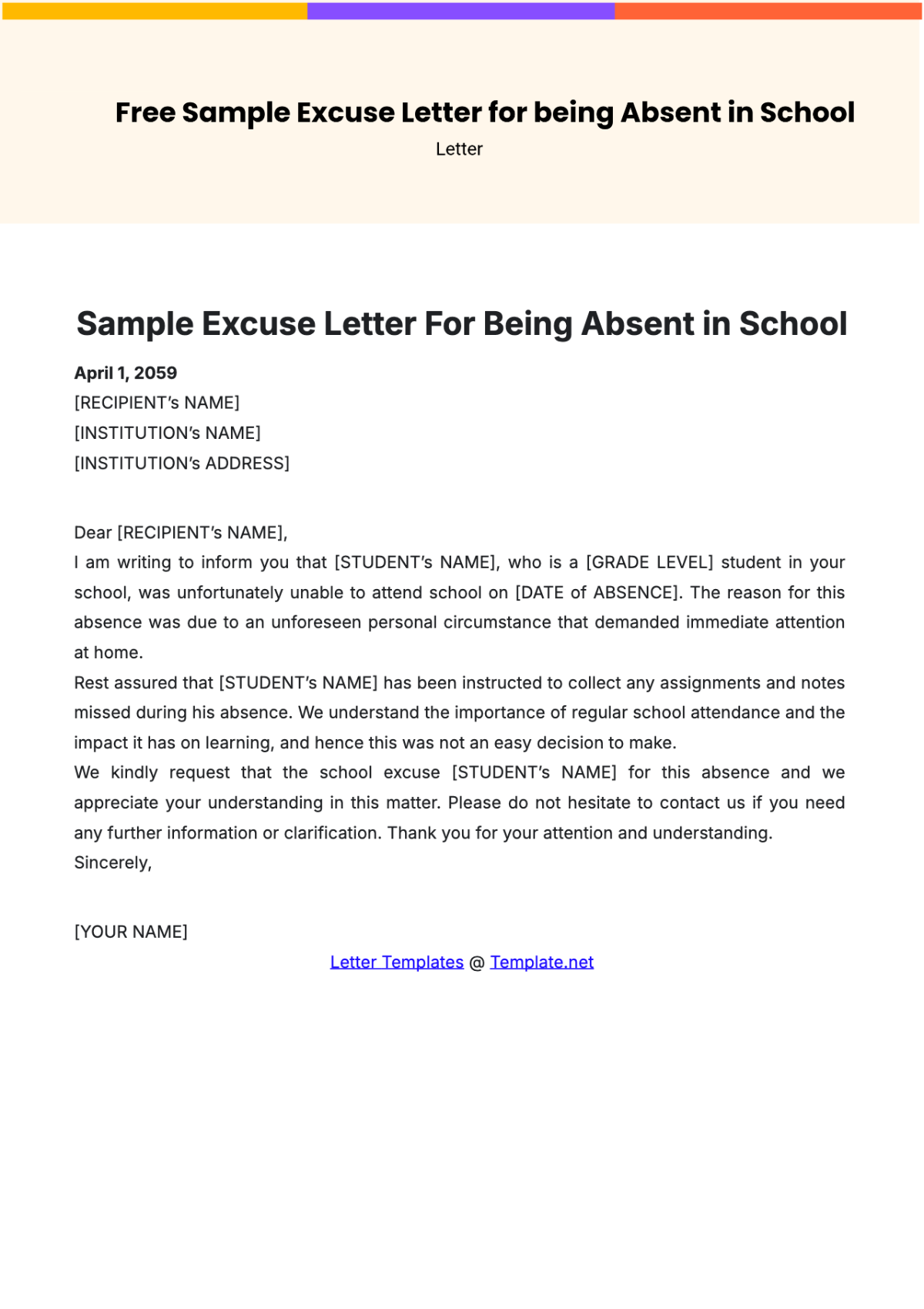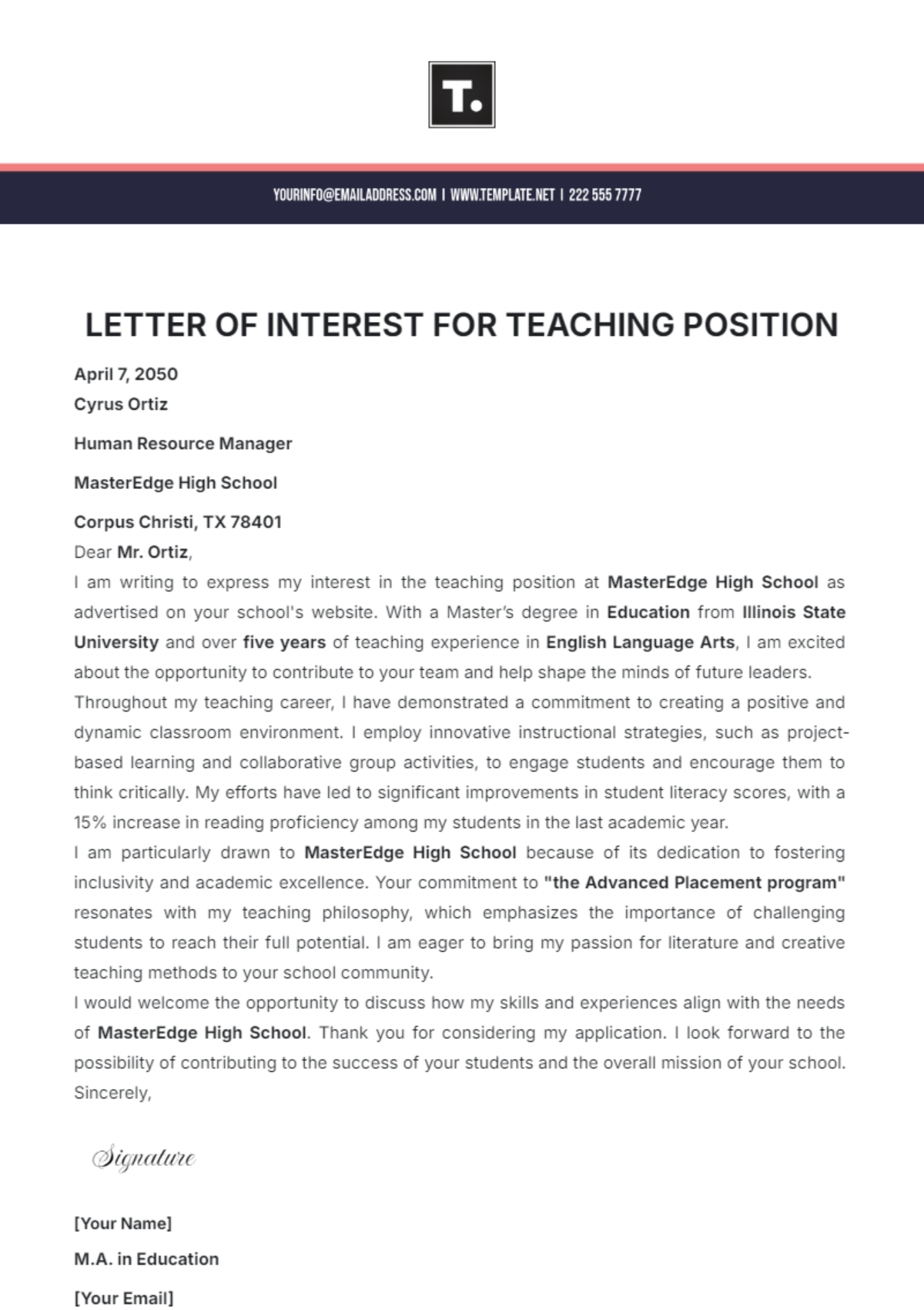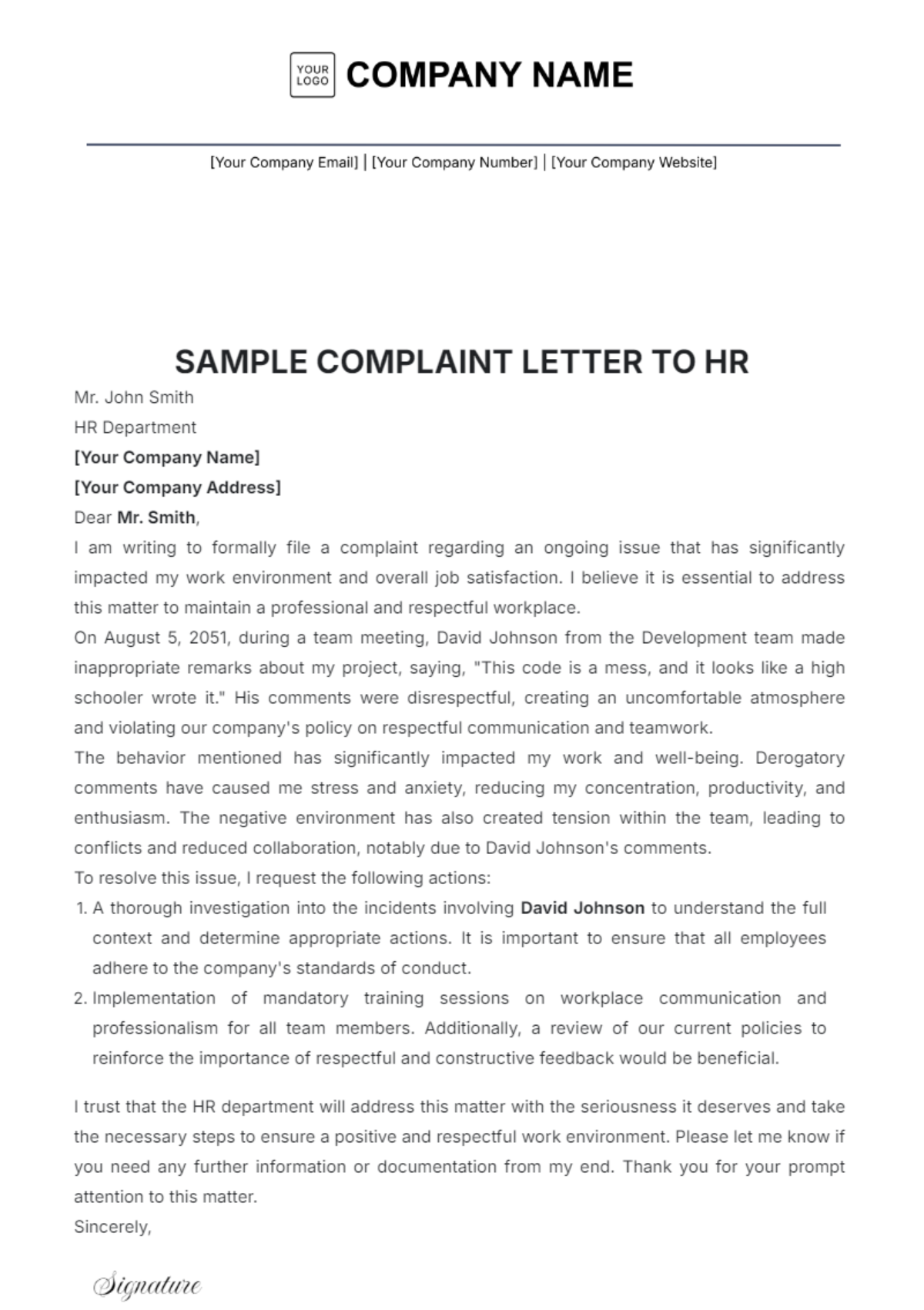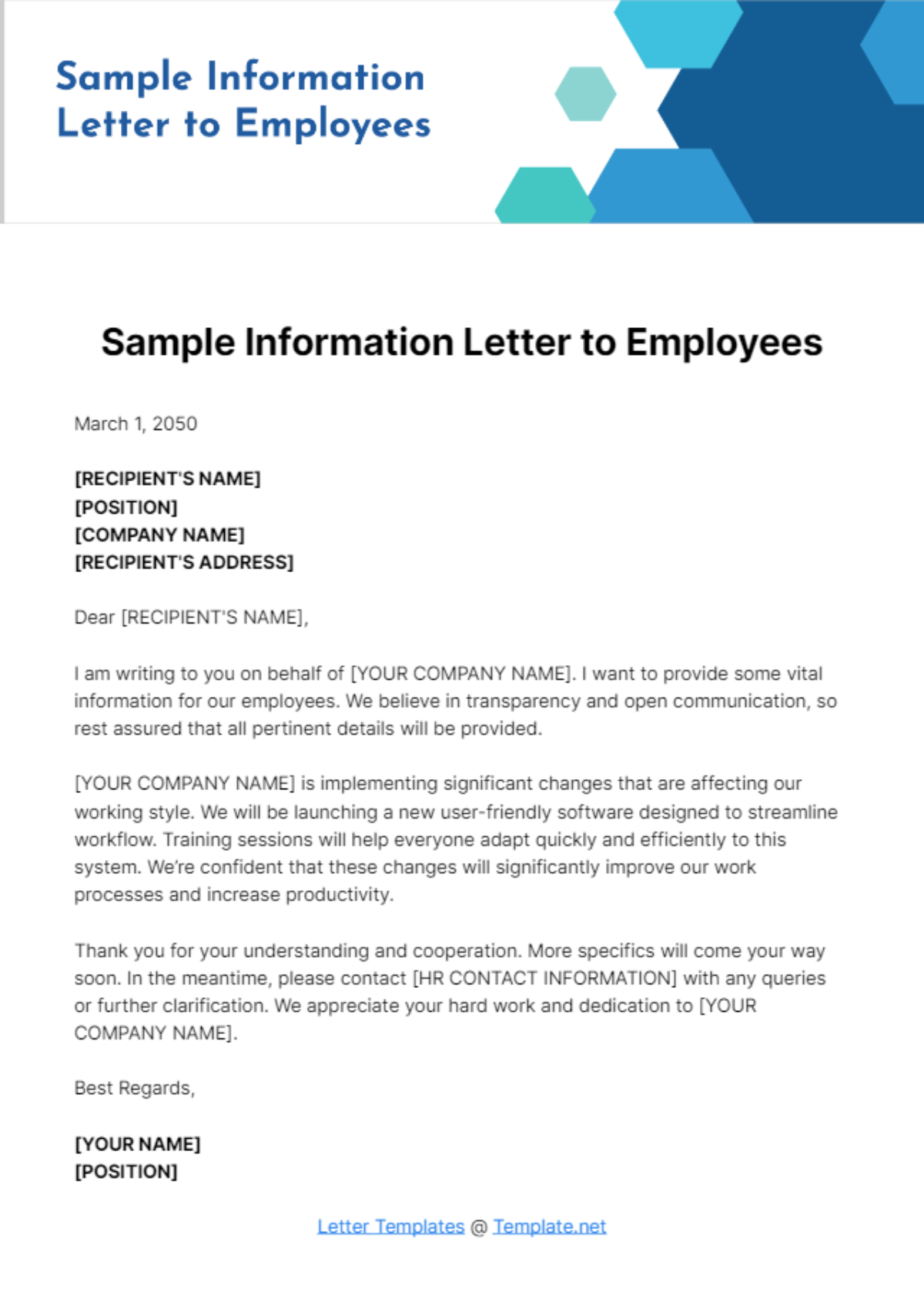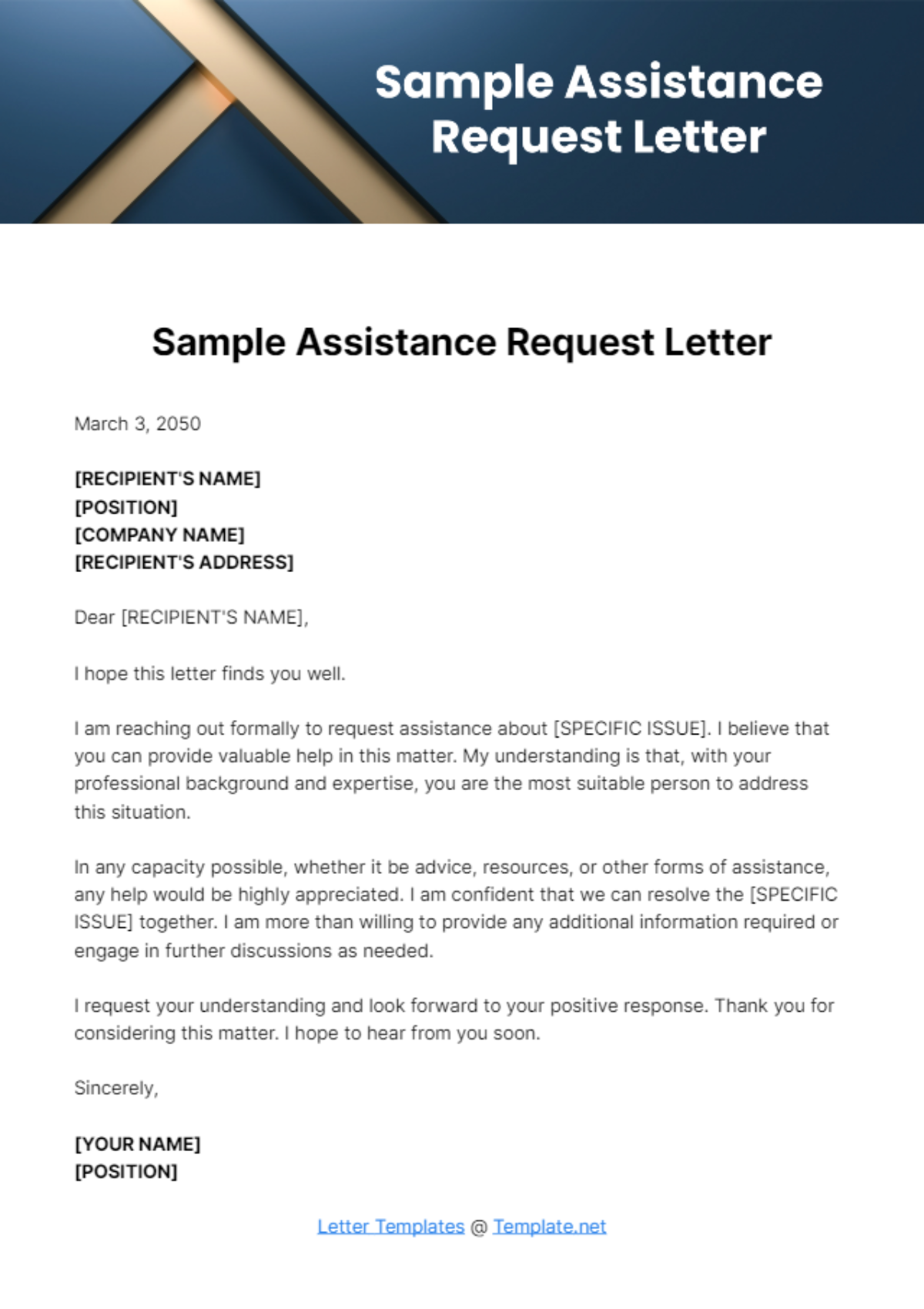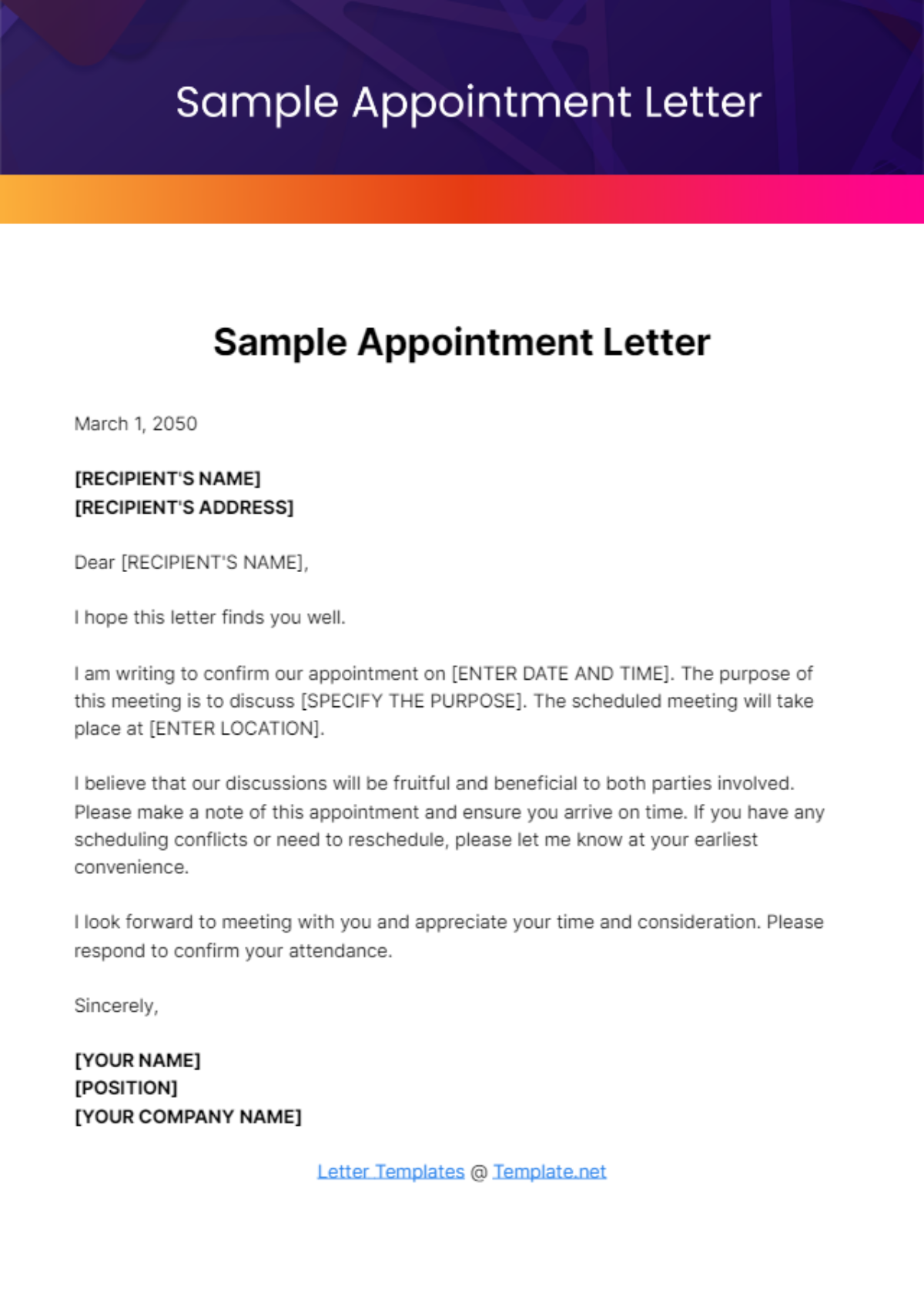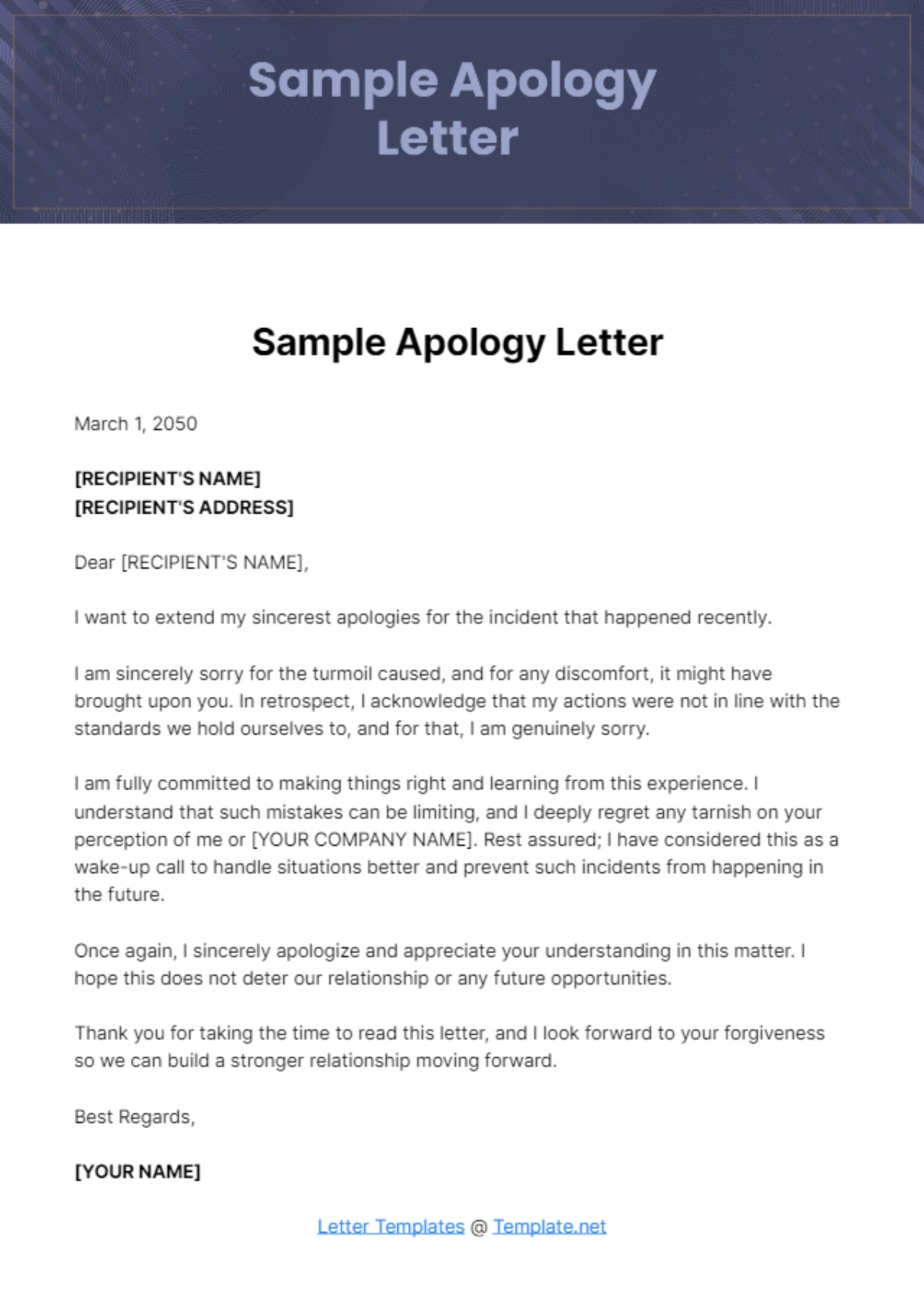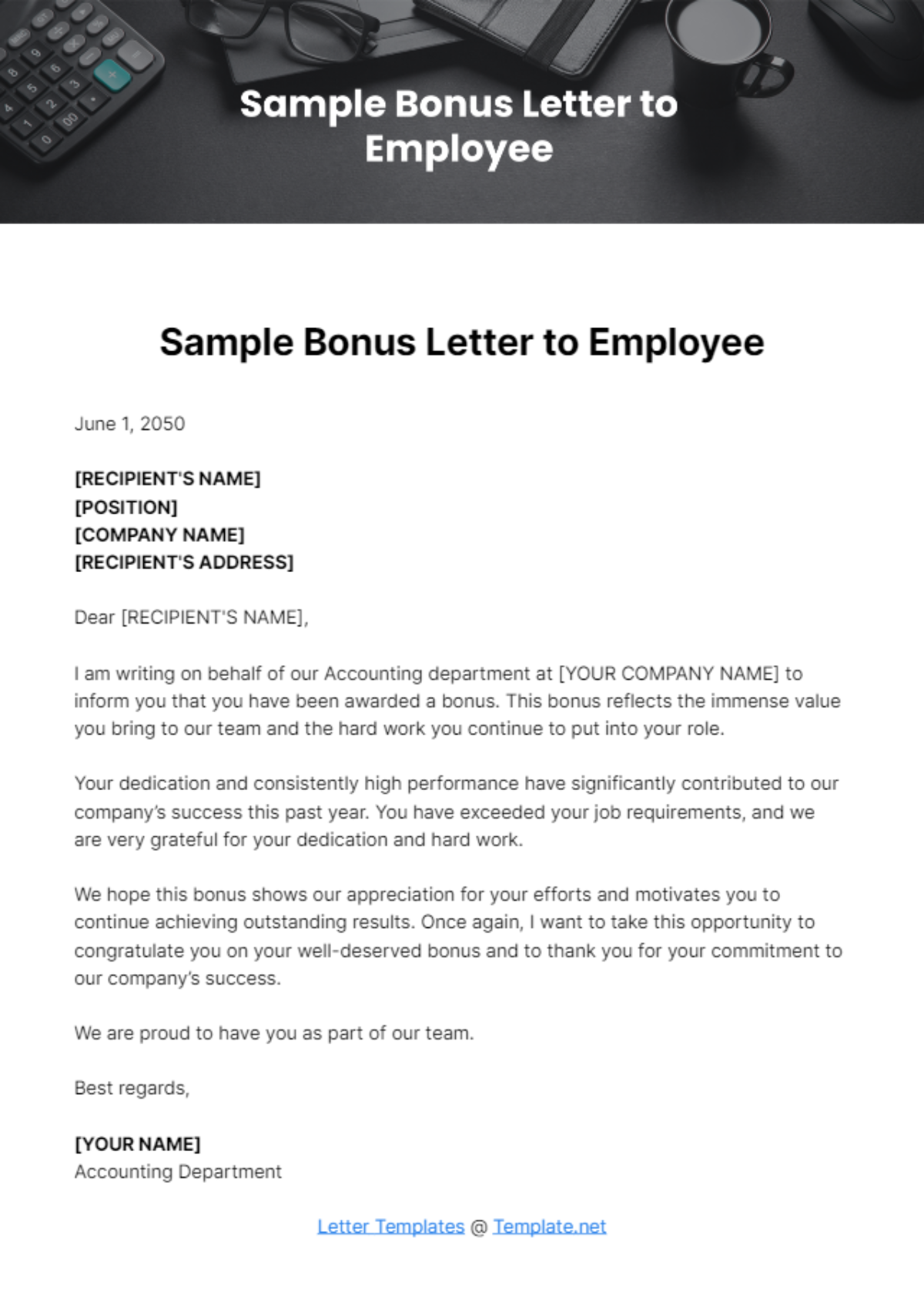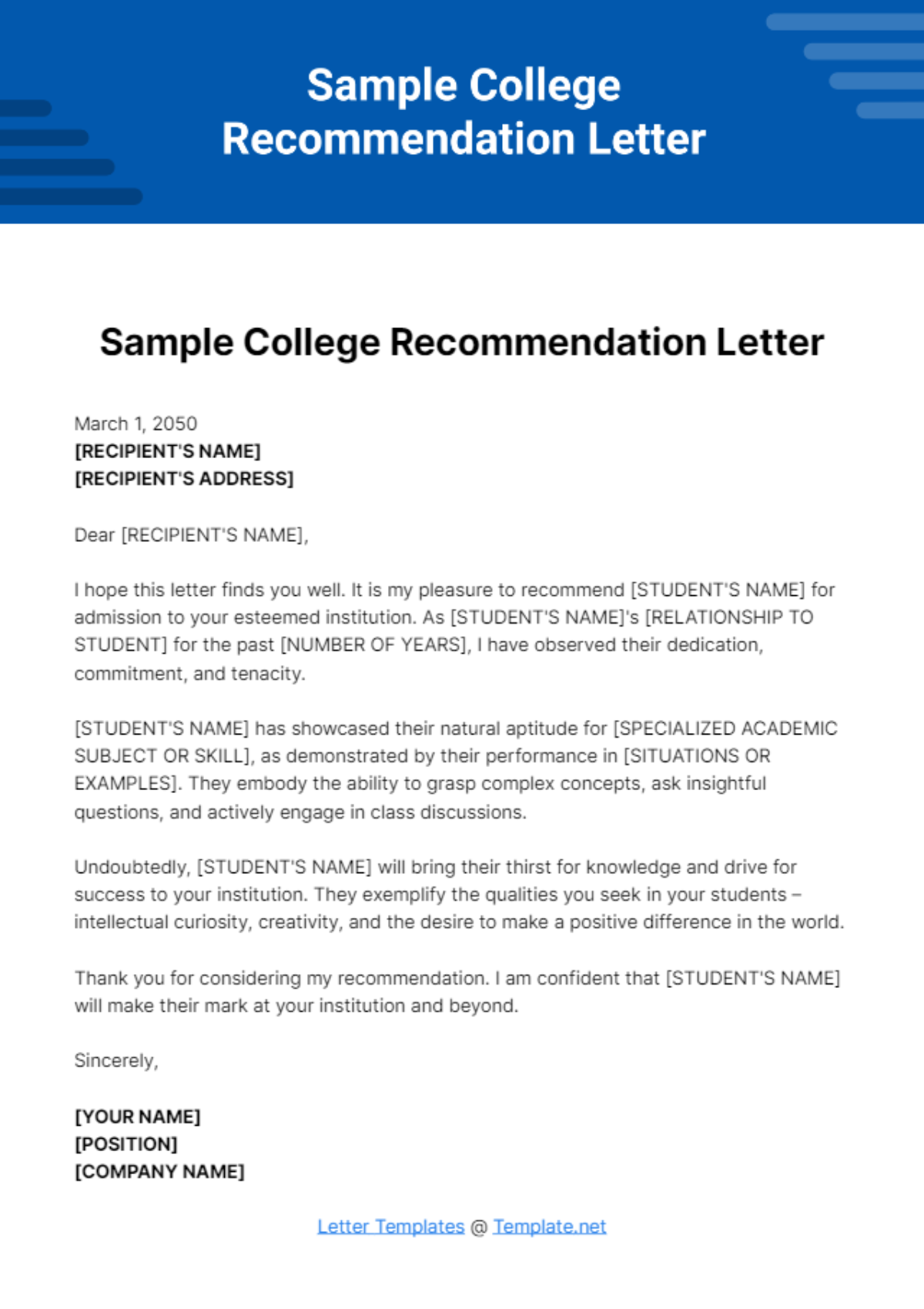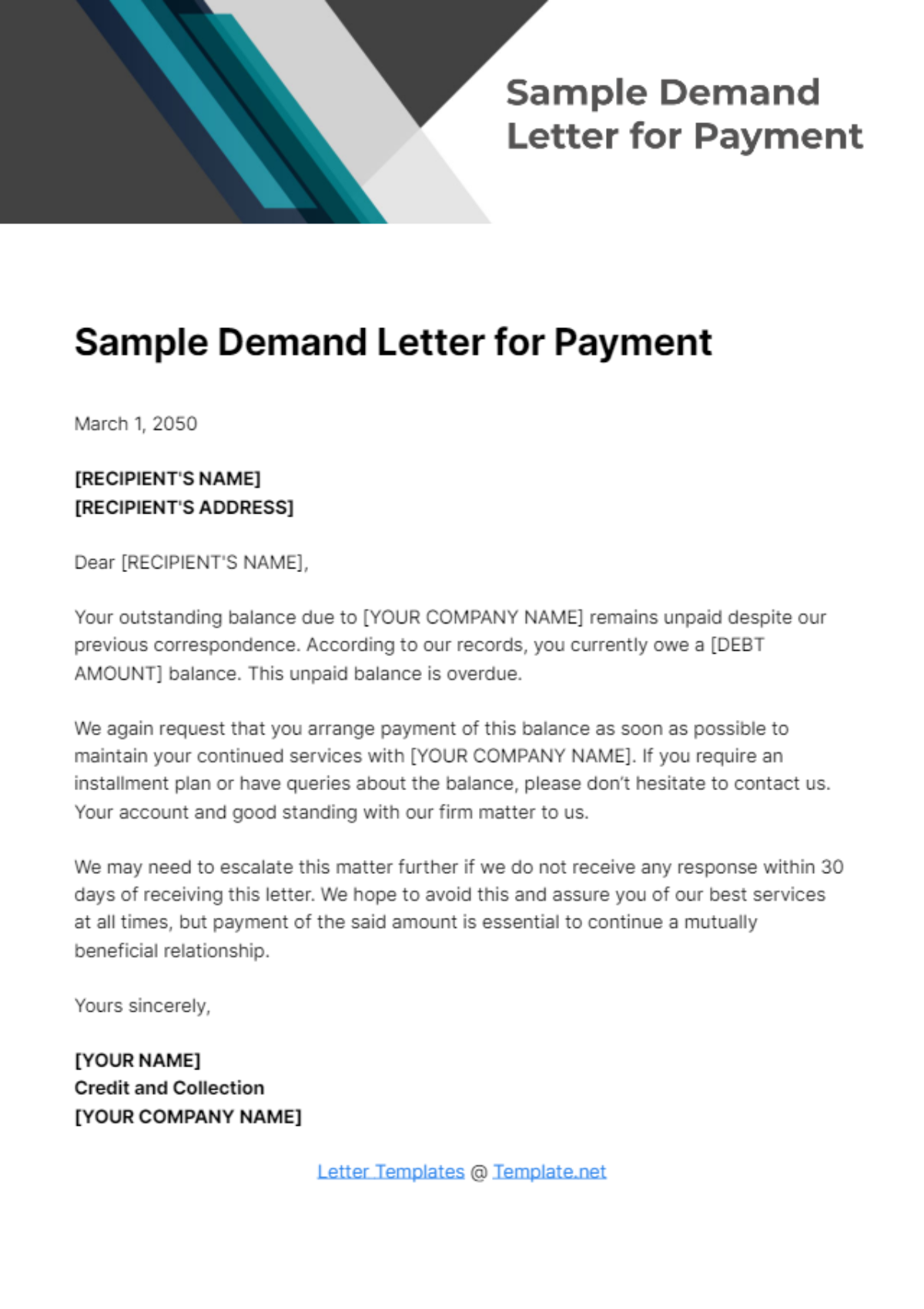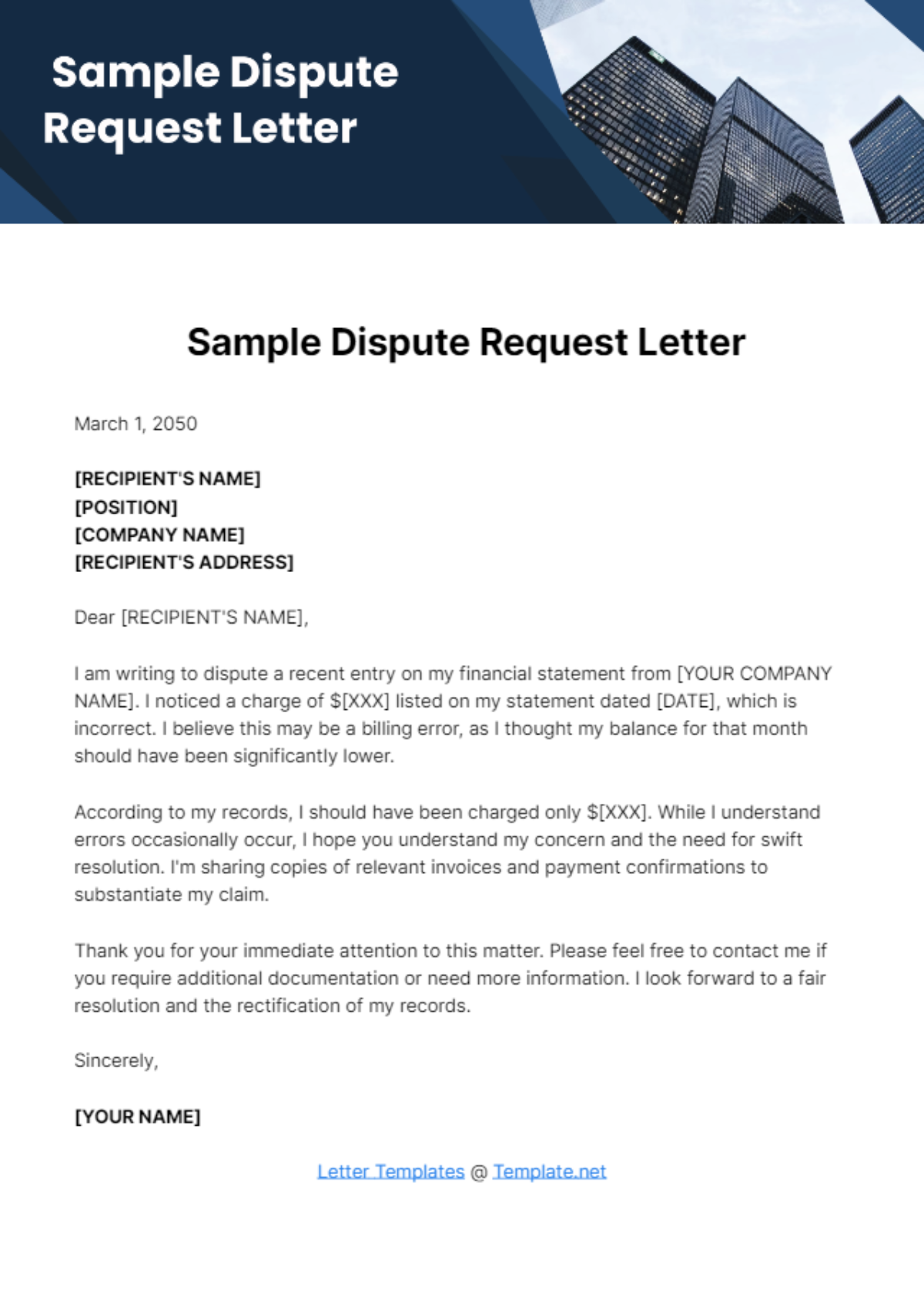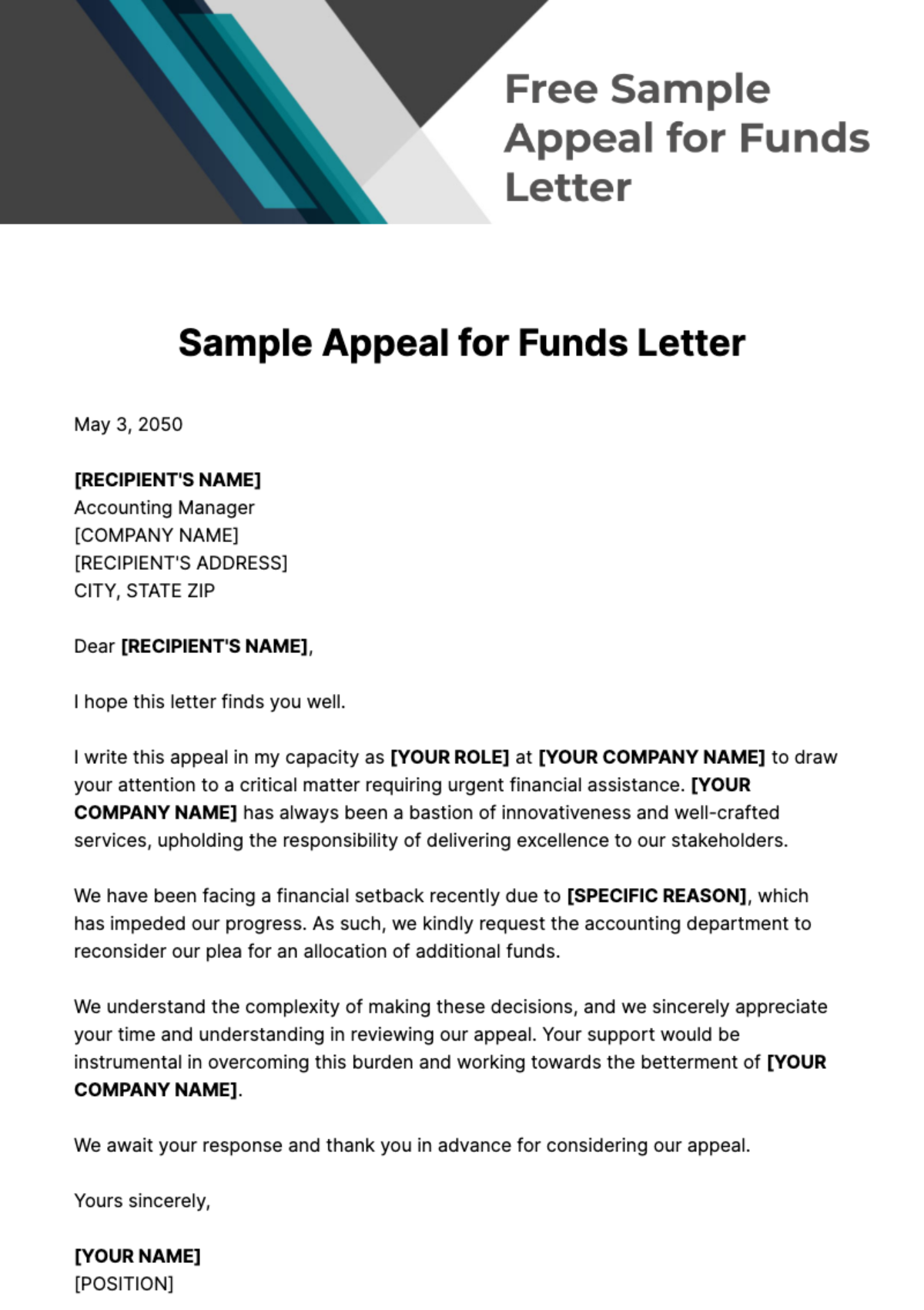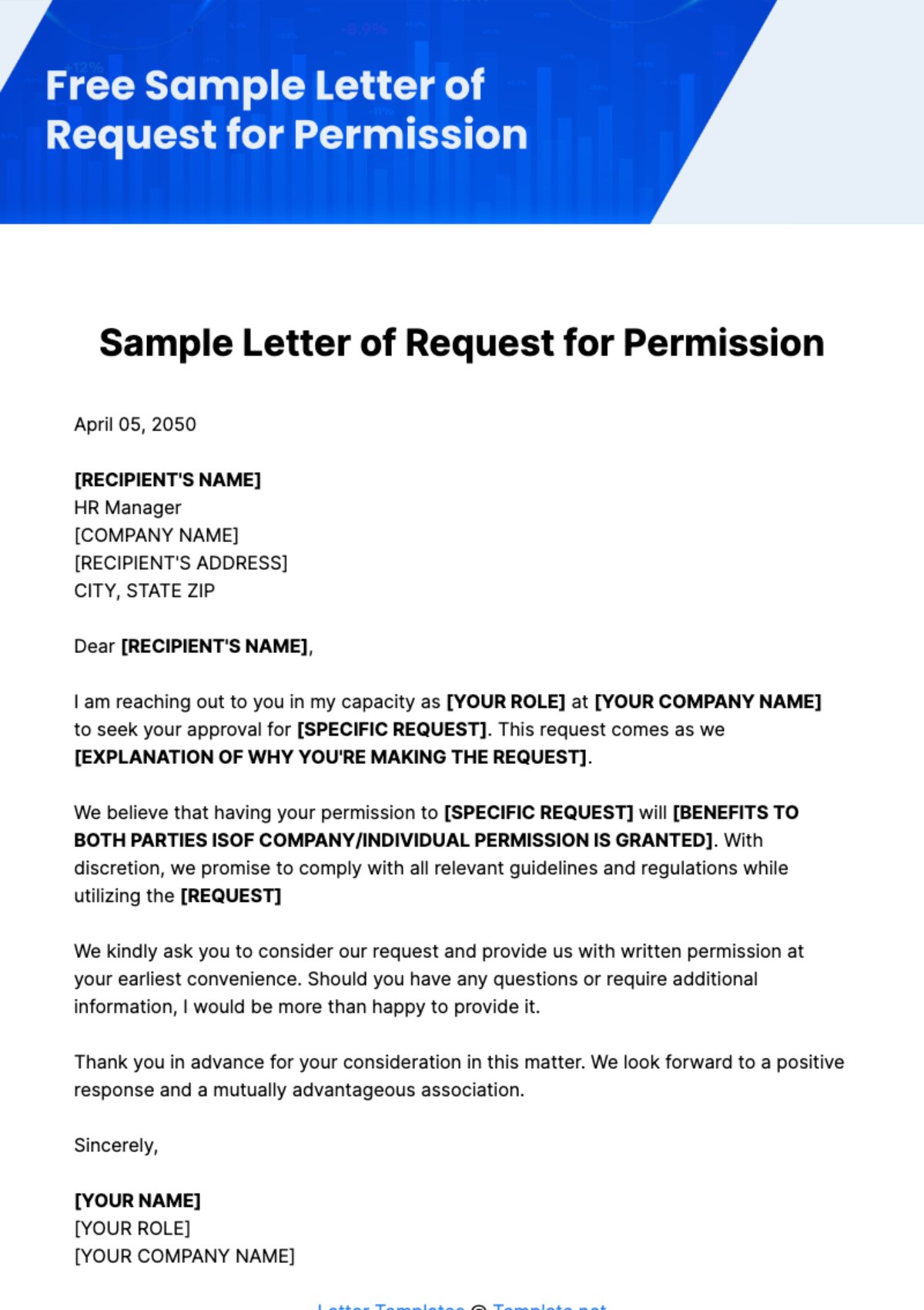Writing a business letter is not as easy as it seems; it requires details in professionalism, the accuracy of the information must be on-point. It can be unsettling just trying to make the primary draft but it doesn't have to be. Here at our website, you can take a look at our high-quality, professionally written, and easy-to-edit sample letter templates that come in multiple layouts. Moreover, they are 100% customizable, handy to print, and viable on multiple editing formats like Apple Pages, Google Docs, Adobe PDF, Google Sheets, and Word. They are all available in A4 and US letter sizes. Use our easily editable sample letter templates in all your needs for the convenience you're looking for by subscribing today.
How to Write a Sample Letter?
A sample letter is a multipurpose letter layout that can be used in a variety of ways such as a layout for resignation letters, employment letters, termination letters, verification letters, complaint letters, or any letter layout you could imagine. Think of it as all-purpose flour in baking, a general and consistent design that can be used in any way with the right adjustments. When writing a sample letter, remember that there are two types of letters: formal and informal. For informal letters, knowing the basics of letter making is helpful enough in most cases. But with formal letters, it does help to have a guide on how to make it more professional and fit for the business world. Here's how:
1. Plan Your Formats
Knowing what kind of formats are best for business letters (be it formal or otherwise) gives you an edge in looking credible and professional. The most accepted font style is usually Times New Roman with a font size of 12 for regular text. It also follows a set pattern of a letterhead, the body of the letter, and the conclusion (these have subparts but we'll get to them later). When you need to make a formal letter, avoid unnecessarily dramatic sentences and idiomatic expressions as this can make you seem rash and unethical.
2. Pay Attention to Letterhead Detail
The letterhead of a formal sample letter usually contains the sender's address, company logos, the date it was written, and the recipient's address. There are plenty of details in this area such as not including the sender's identity as it will be found at the conclusion, the logo/s being beside or encasing the sender's address, the date should be two inches above the recipient's address, and the letterhead being professionally appealing to the eyes since it is the first thing noticed by your recipient. Pay attention to the little details of the letterhead for formal sample letters.
3. Make Sure Your Body Gives Necessary Information
Make sure that the body gives greetings to the receiver and understandably expresses the main purpose of the letter. Formal letters require you to greet the recipient in an adept and refined manner (you might need to do some research on this one, but it's well worth the bit of effort). The body should be immediate and straight to the point; it must contain all the needed information and only that. Even though you can get away with a conversational style of writing for personal letters (if you know the recipient well), a strict rule of thumb when it comes to professional sample letters is that the more you write, the less professional you become. Keeping it sleek and direct is the best way to emphasize the "formal" in your formal sample letters.
4. Your Conclusion Must Wrap It All Up
Your conclusion doesn't need to be that long; one sentence will suffice. However, should there be included additional information stapled to your letter, the end is the best part to mention this. When ending your letter, give at least 2 spaces before you write something like "Sincerely" or "Respectfully yours" ending with either a comma or a semi-colon before placing your identity as the sender (or the initials of the writer should you not be the original sender of the letter).
5. Analyze and Edit
As always, with any sample letter, check for the usual grammar or spelling errors, edit words out and make sentences concise, and have a general rundown until you're satisfied with your formal sample letter.
